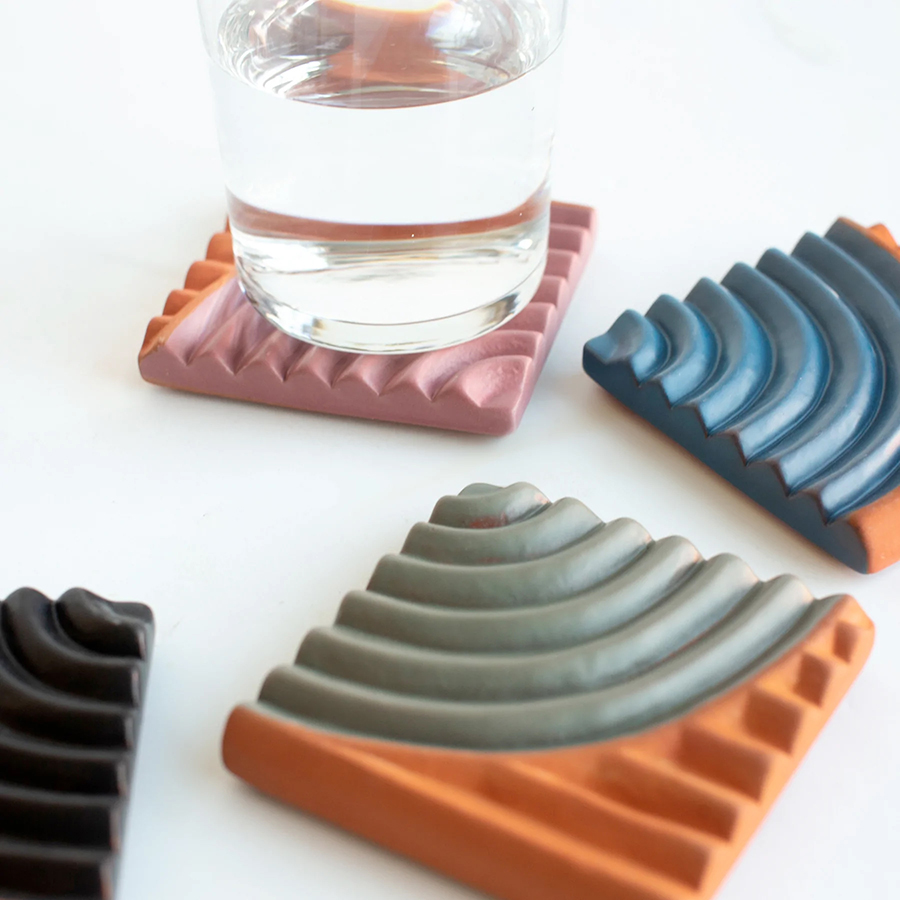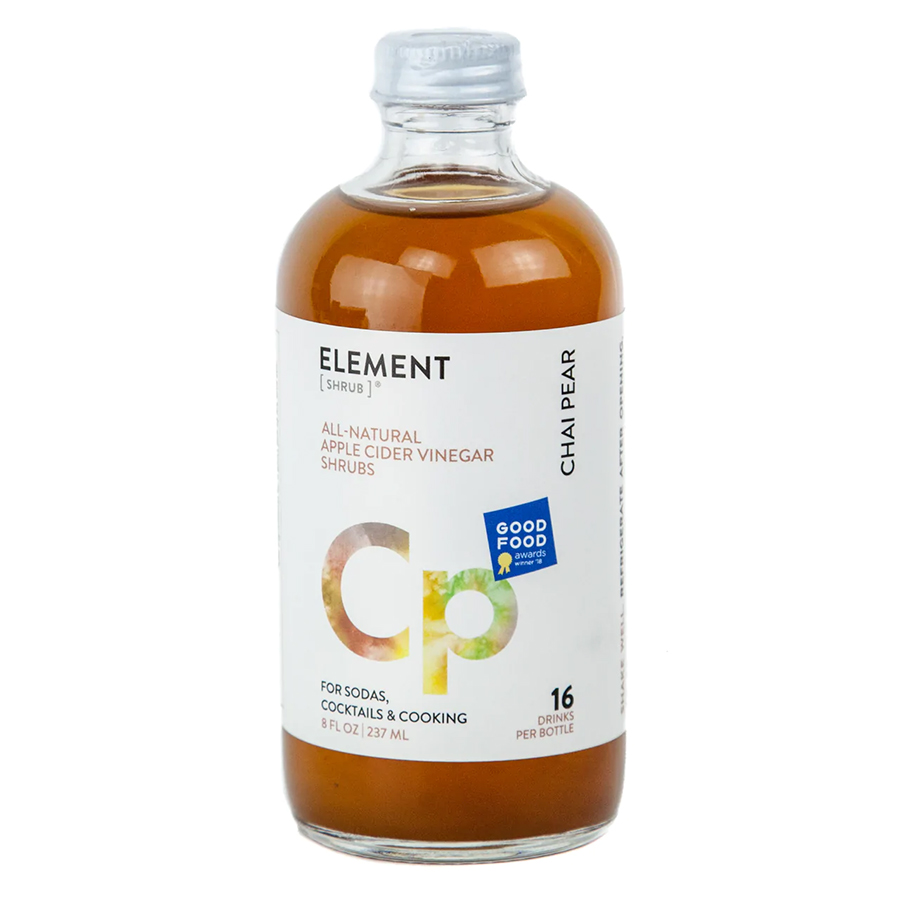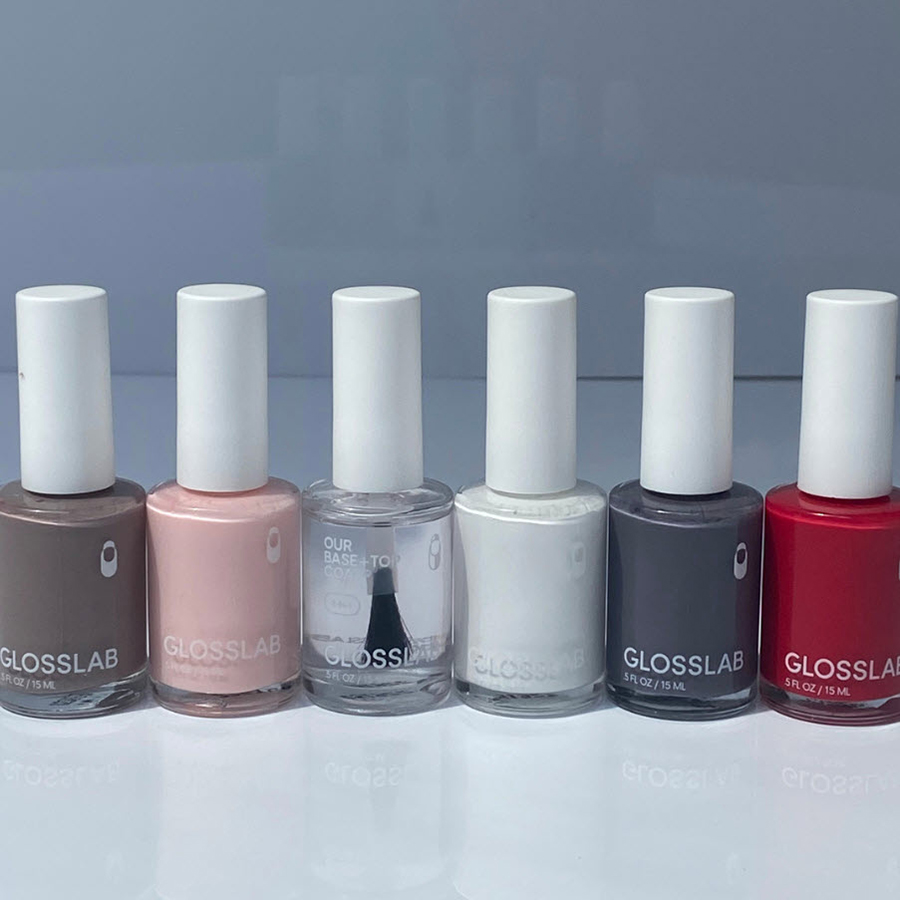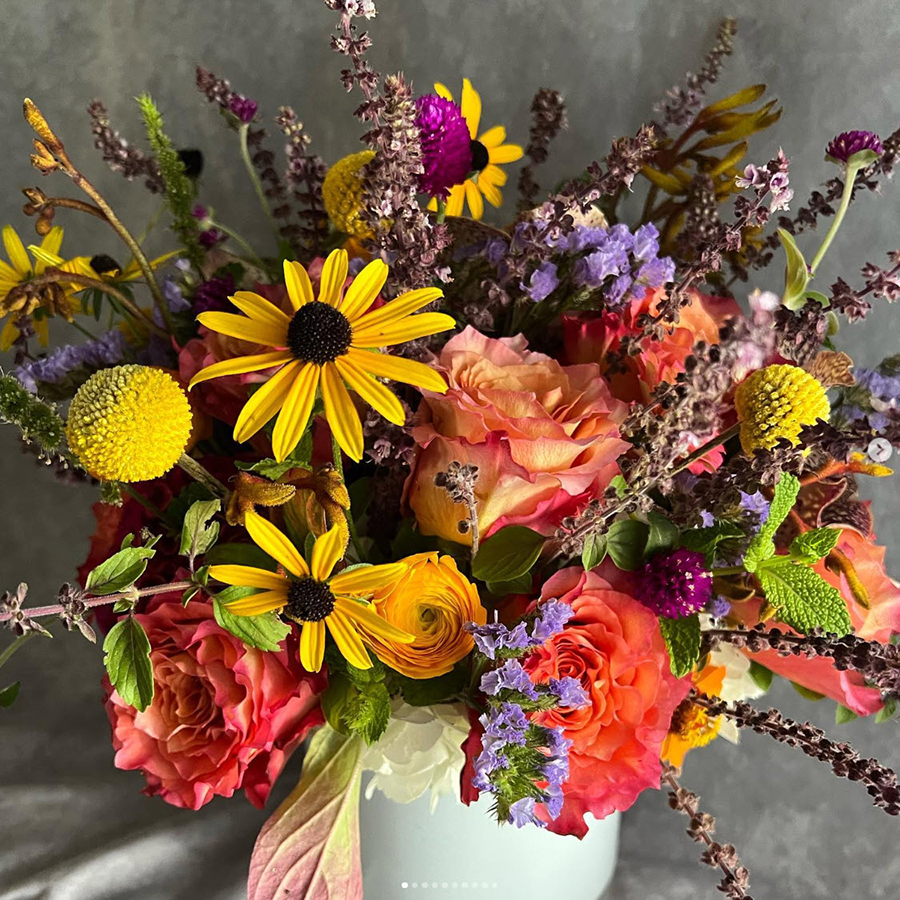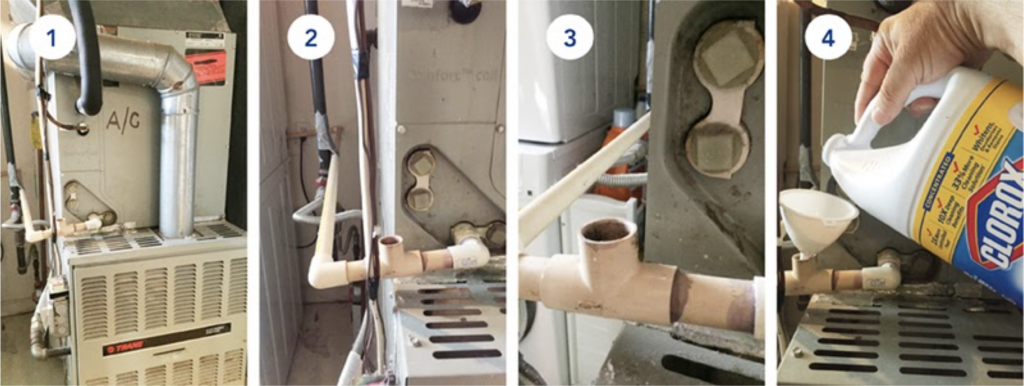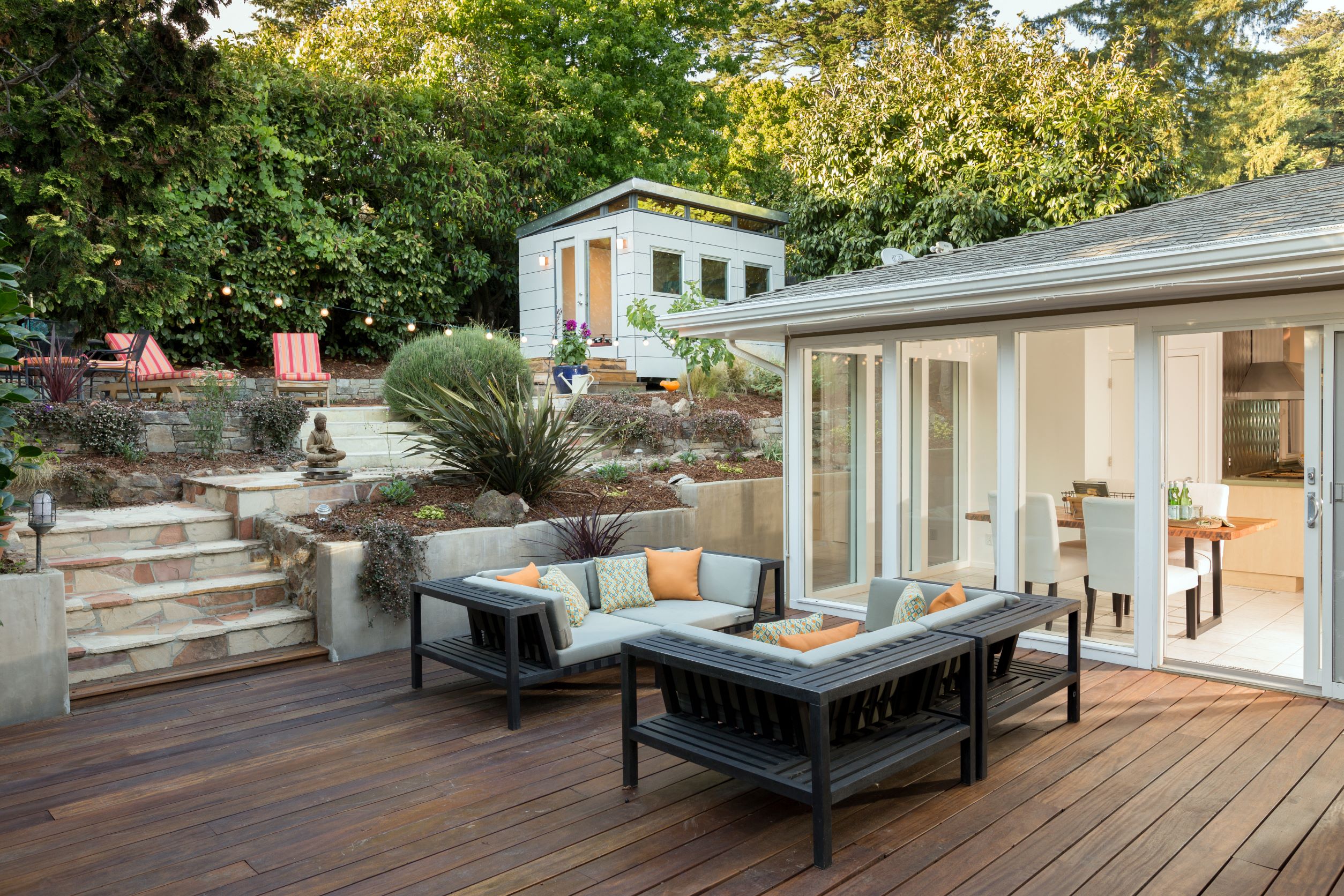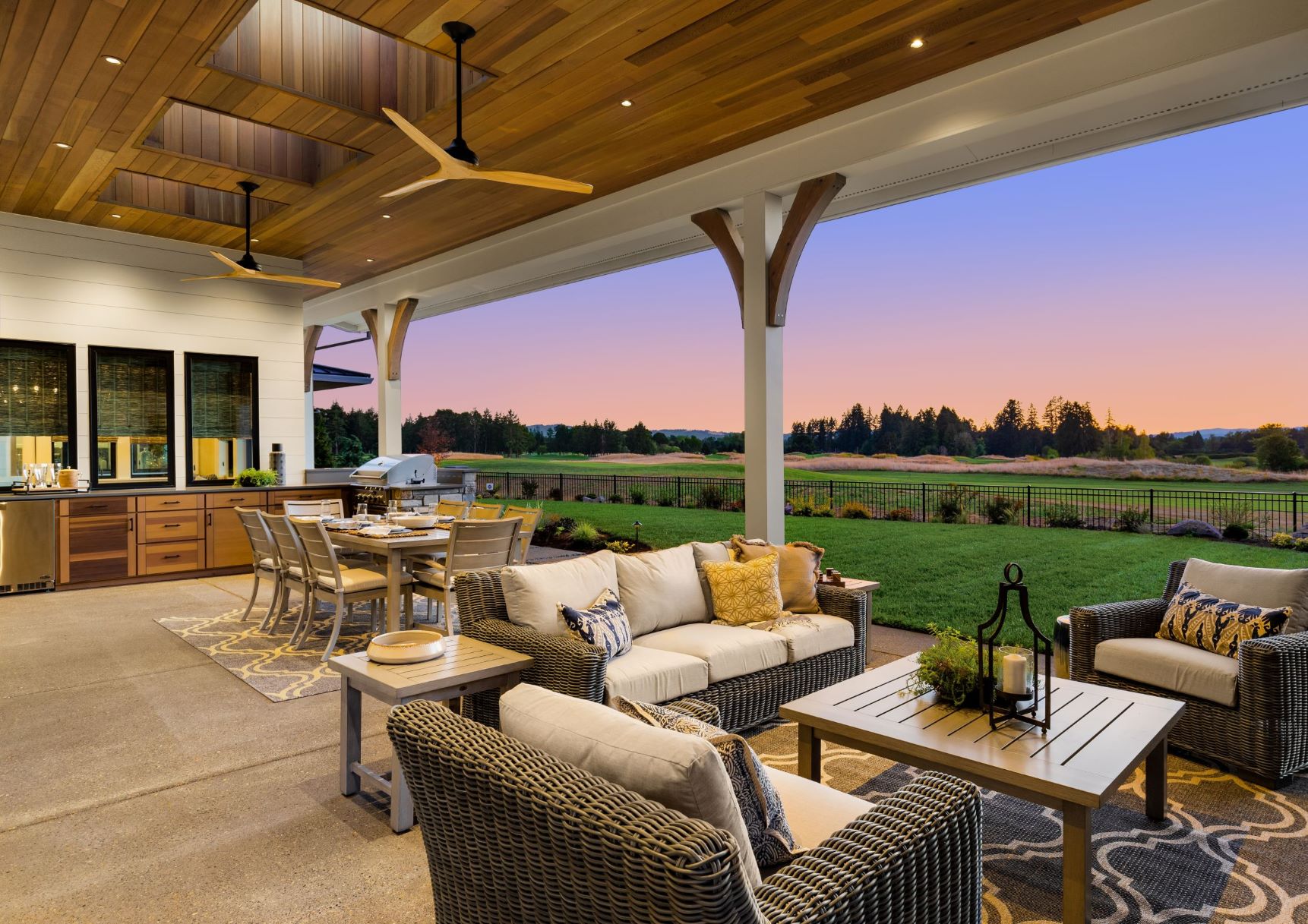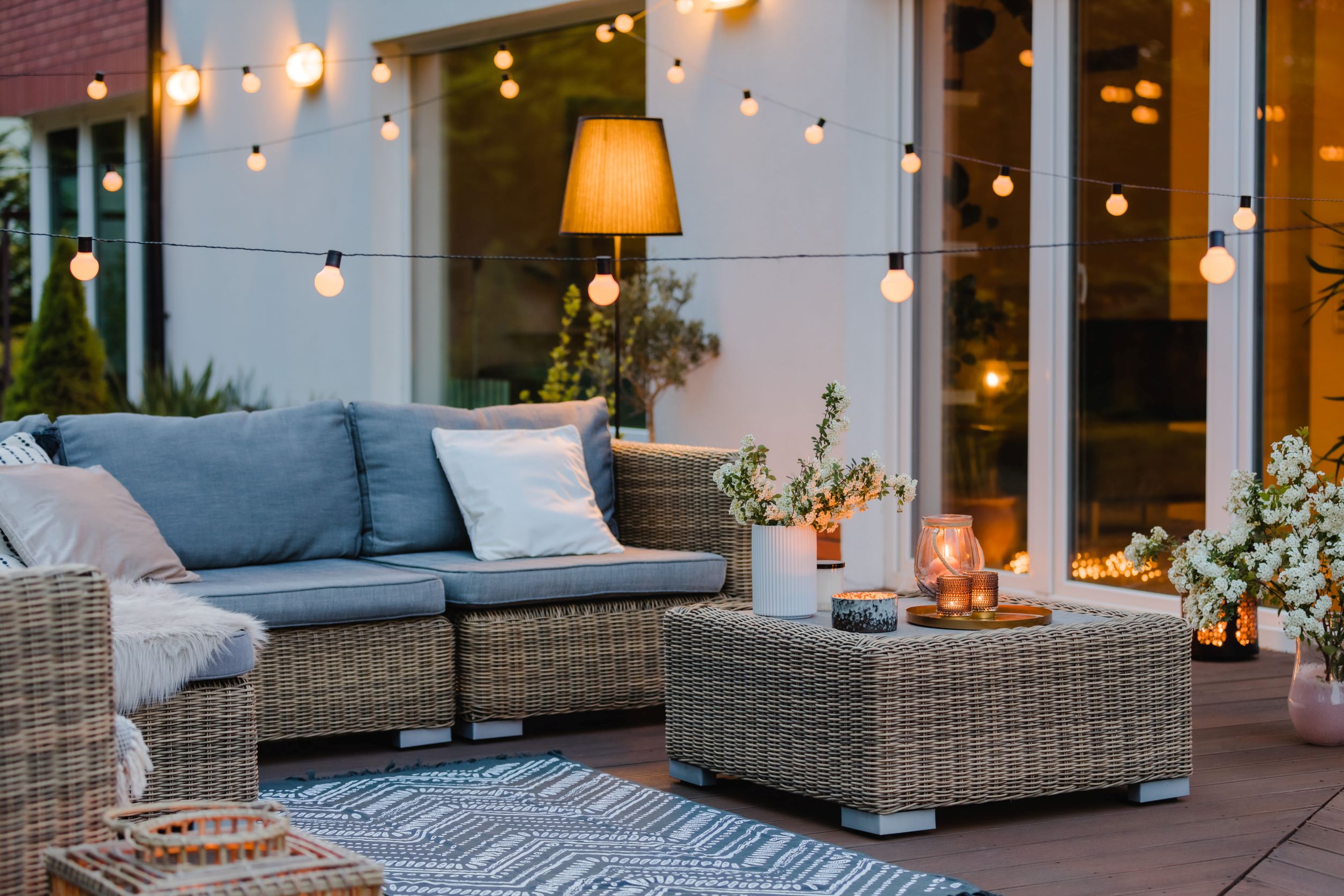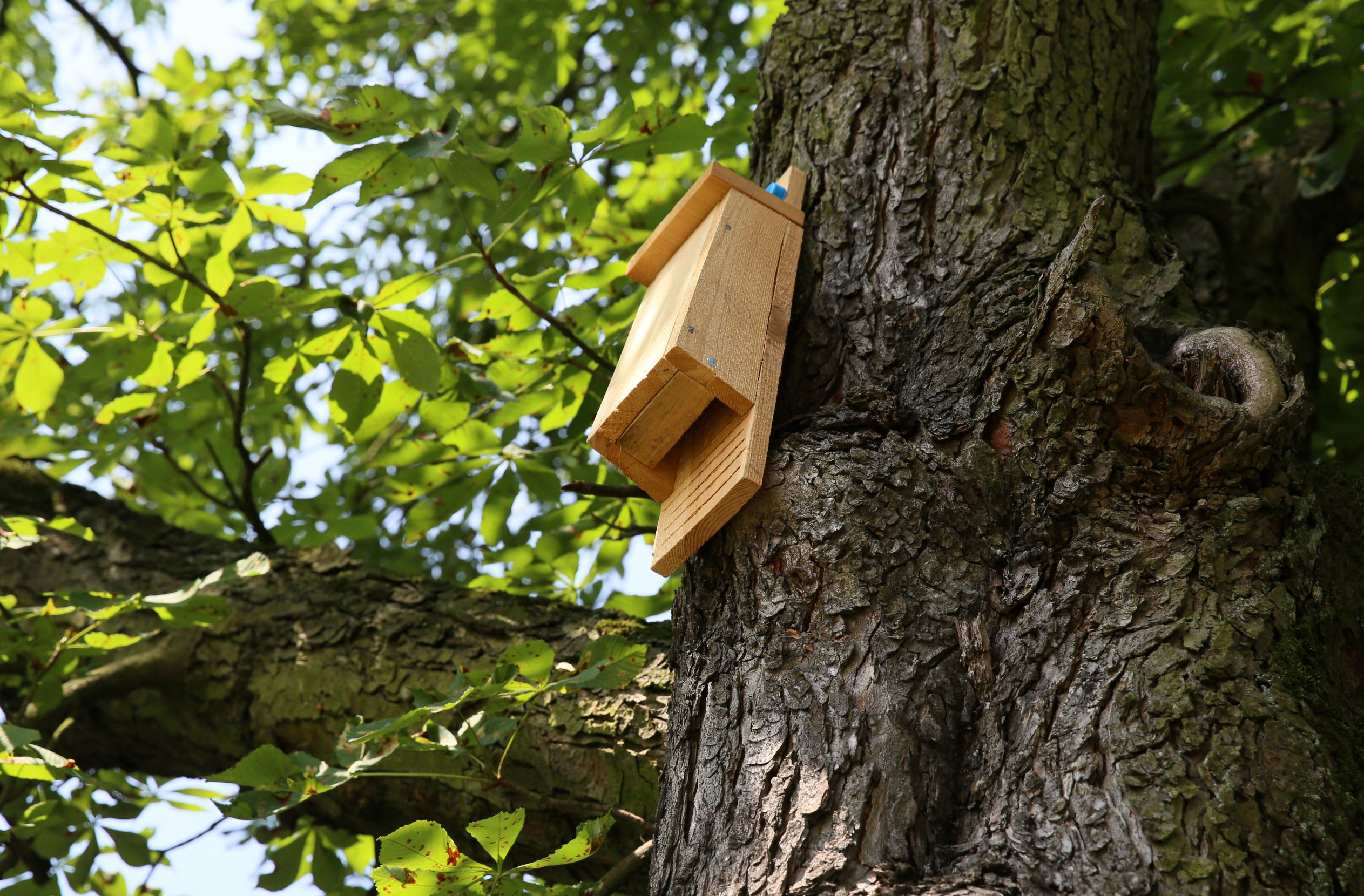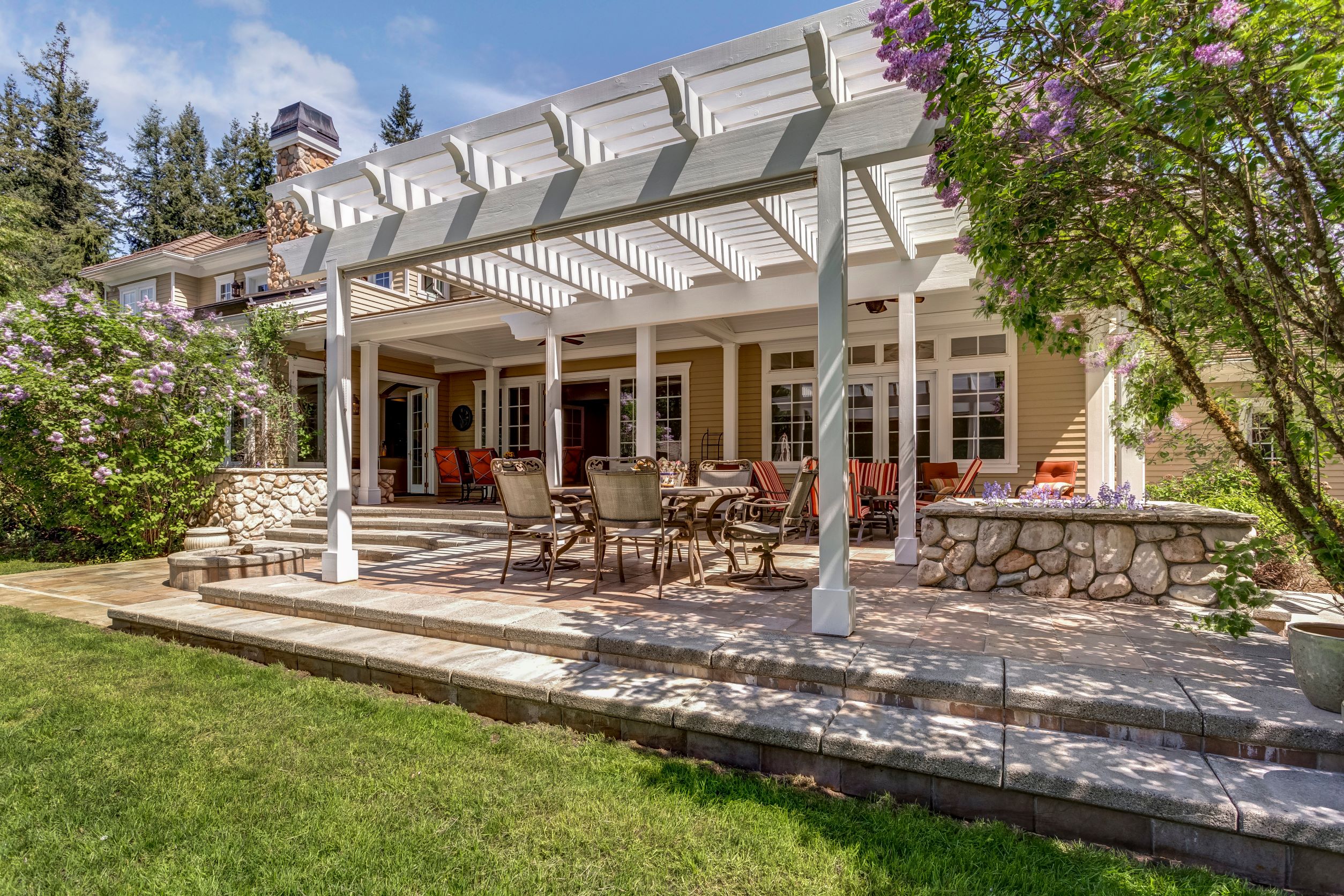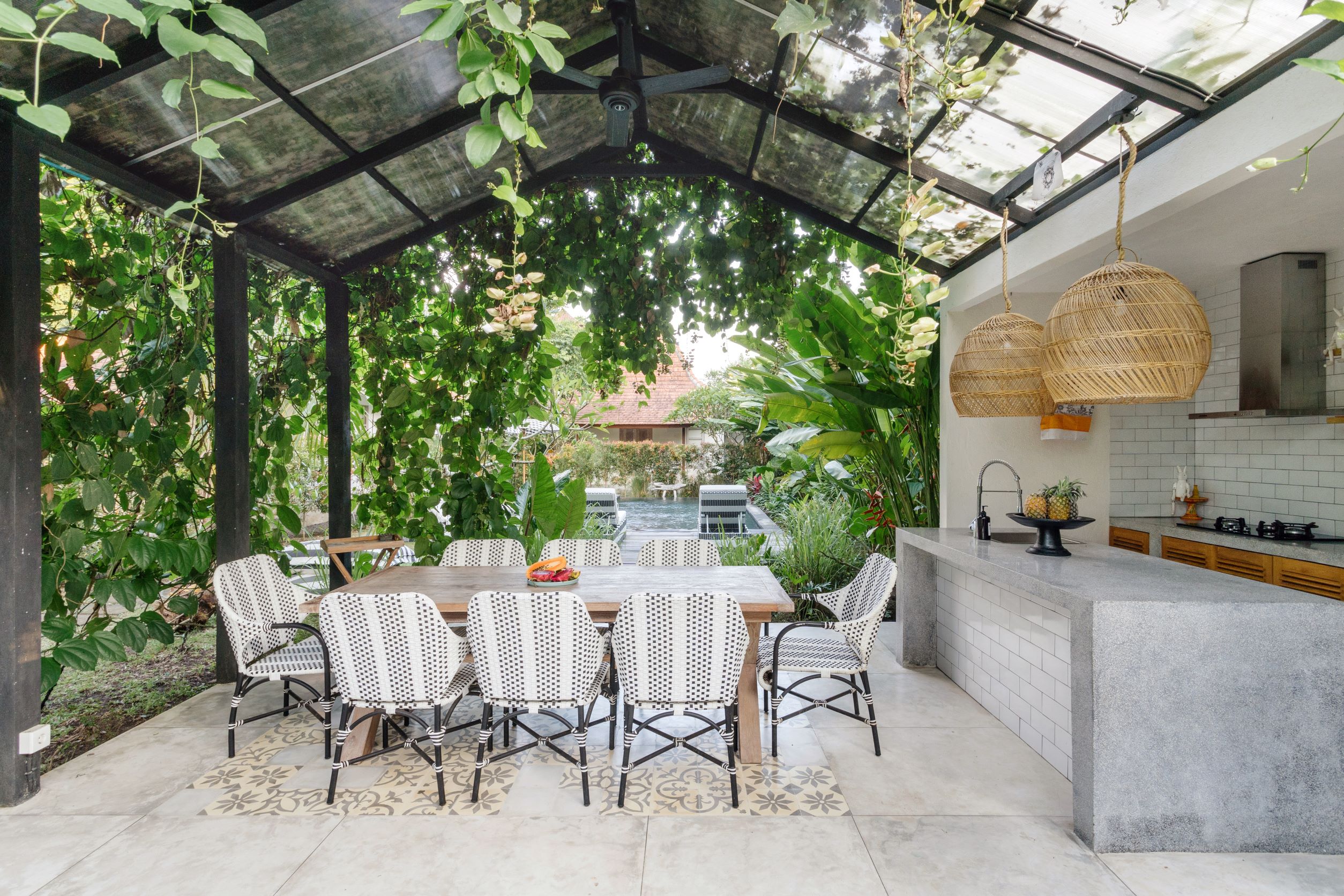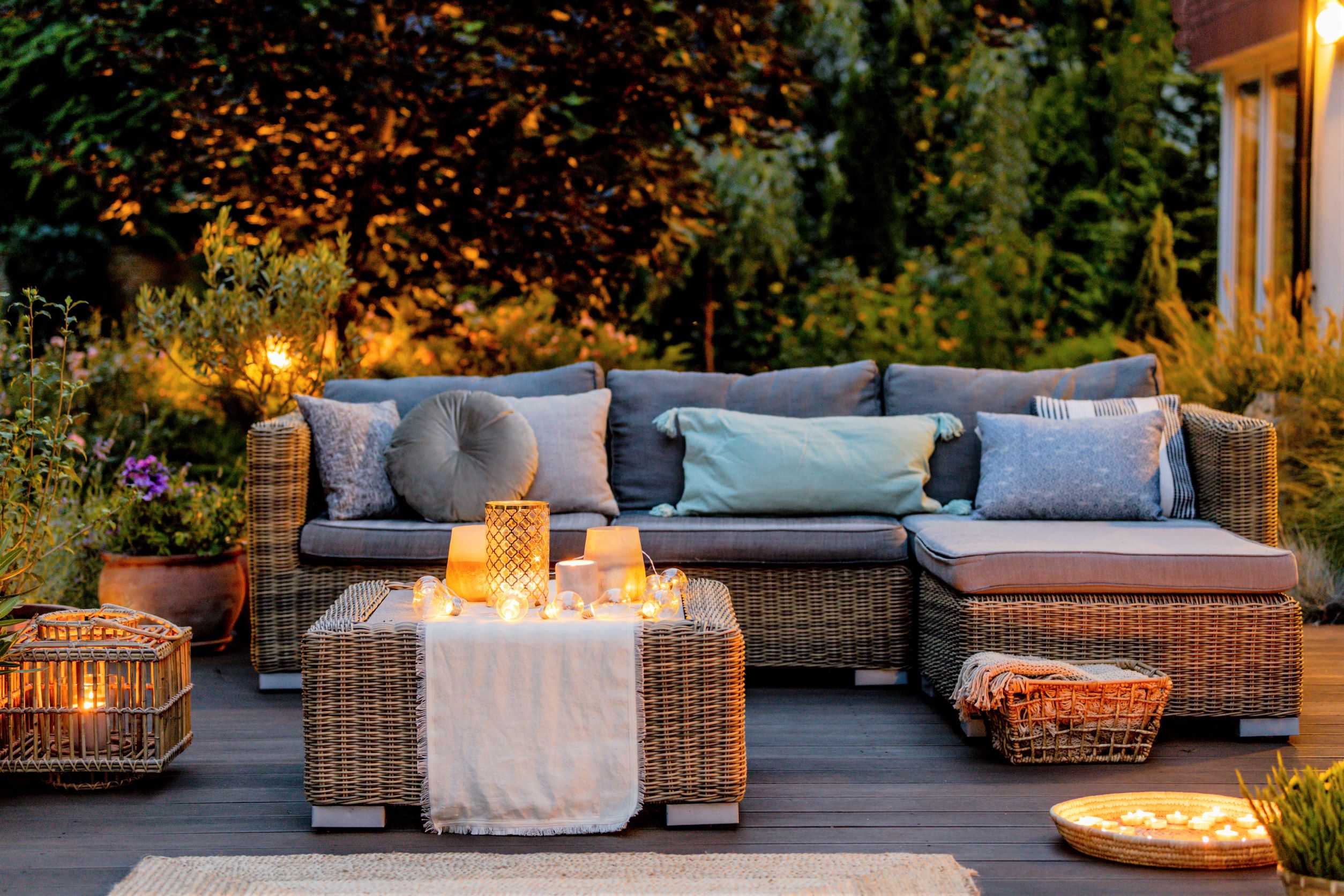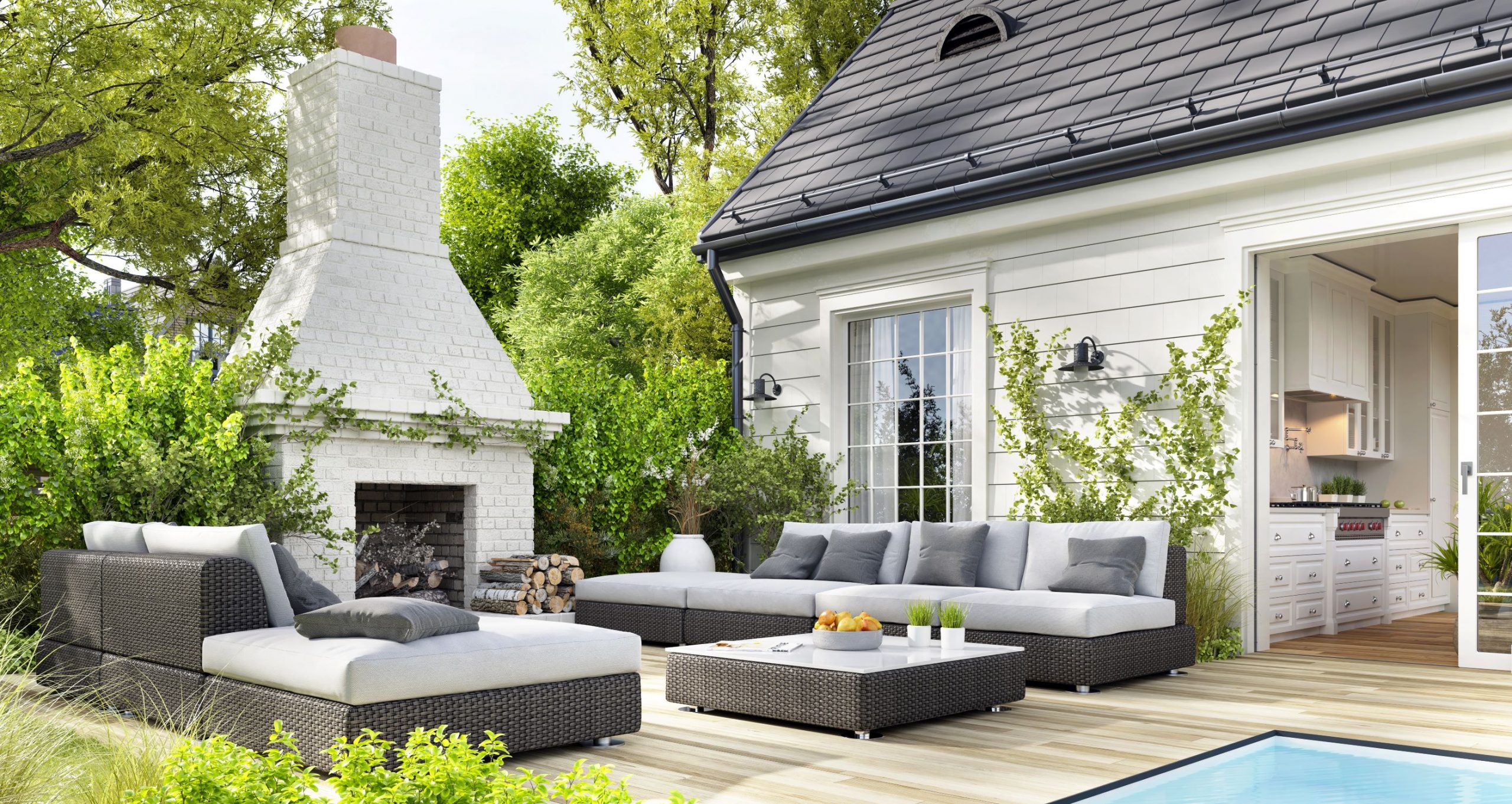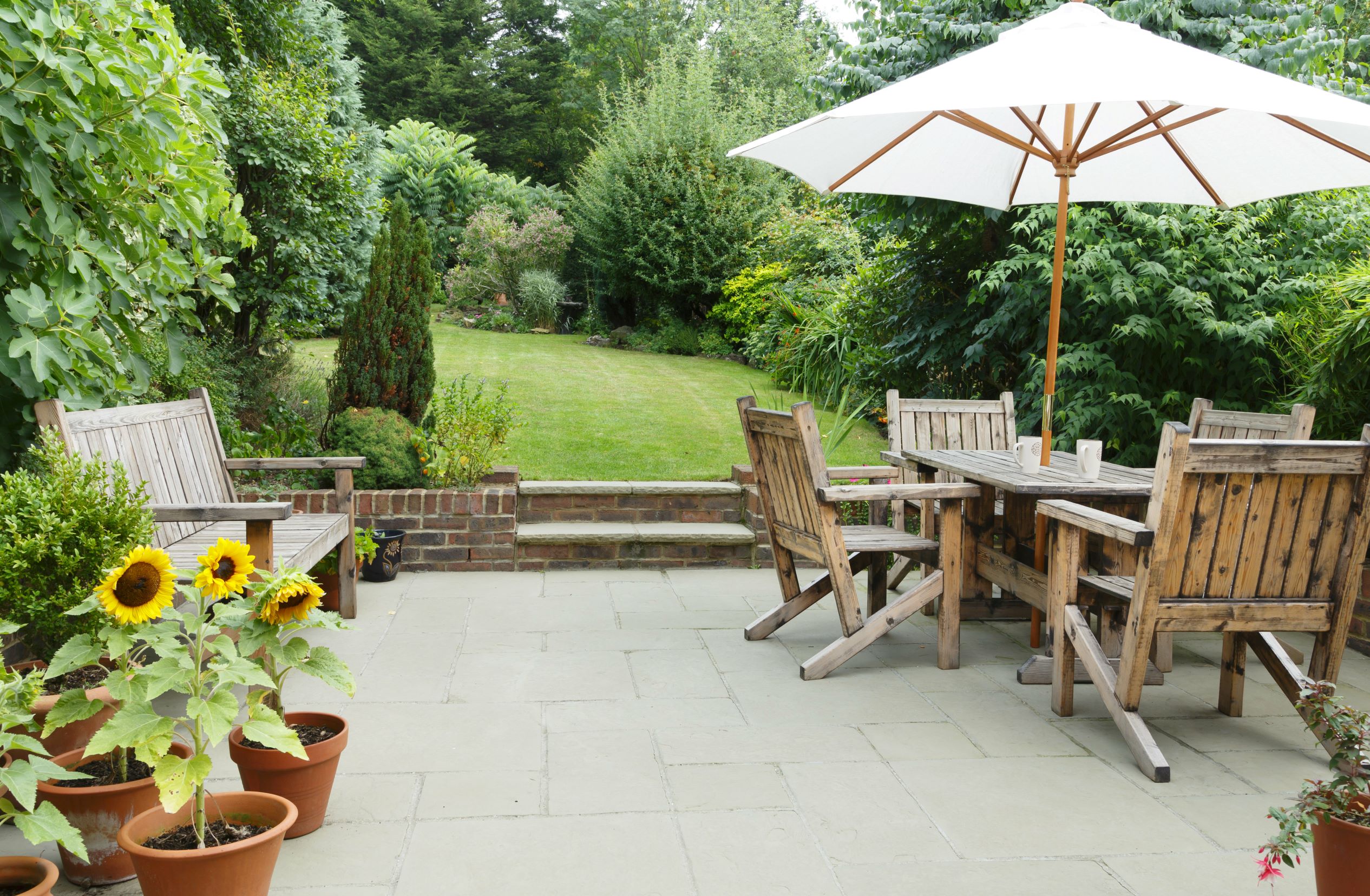Get Cozy: 18 Sumptuous Spaces We’re Coveting
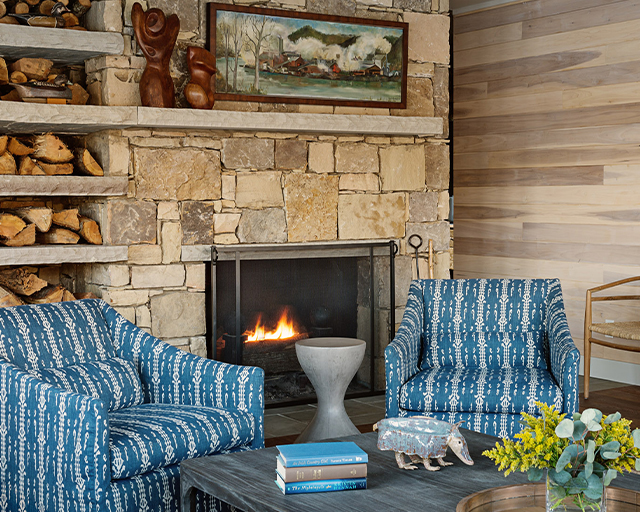
This week we would like to share some tips on how to convert some of your spaces to make them more cozy for colder days to come. Courtesy of our friends at The Scout Guide.
As the colder months set it, we’re ready to snuggle up with a book next to a roaring fire for the season. In the spirit of hygge, we tapped scouted designers across the country for inspiration. Here, we’ve rounded up their most inviting spaces we’d gladly hunker down in for the winter. Browse The Scout Guide Directory to find a scouted designer in your area to curate a cozy space of your very own.

Photography by Stephen Karlisch.
Lantz Collective in Naples, Florida, and Carmel, Indiana, illustrates that cozy doesn’t have to equal dark. Layered art on the mantel, white wood logs in the fireplace, and a natural fiber jute rug create an inviting respite. View the rest of the project here.

Photography by Laura Sumrak.
This moody sitting room by House of Nomad in Charlotte, North Carolina, uses layered pillows in sumptuous fabrics and large-scale art to imbue a sense of being enveloped in warmth and luxury.
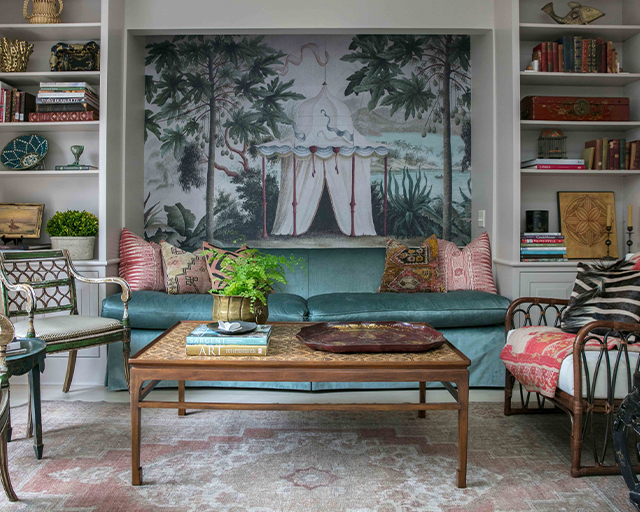
Photography courtesy of Melissa Rufty.
The perfect mix of antiques and contemporary furnishings, set closely together by Melissa Rufty Design Studio in New Orleans, Louisiana, proves that cozy design is truly timeless. View the rest of the project here.

Photography by Chris Edwards.
Charlotte, North Carolina-based Charlotte Lucas Interior Design chose black glossy walls and a bespoke ceiling for this glamorous and welcoming bar room.
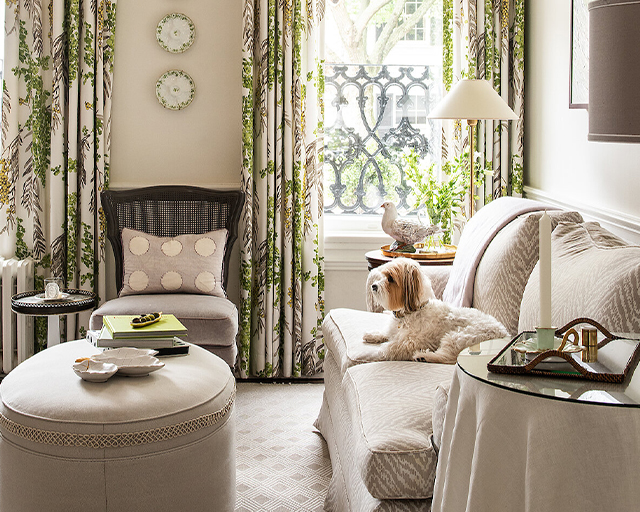
Photography by Kevin Allen.
Ivy Lane Living in Alexandria, Virginia, channels tranquility and a refinement in this neutral-toned sitting room. View the rest of the project here.

Photography by Sara Essex Bradley.
Why yes, we’d while away an afternoon with a good novel in this private nook created by Colleen Waguespack Interiors in Baton Rouge, Louisiana.

Photography by Alise O’Brien.
A warm wood ceiling, stained glass feature window, and an oversized sectional sofa in this space designed by ADJ Interiors in St. Louis, Missouri, are just asking for an all-day cuddle up session. View the rest of the project here.
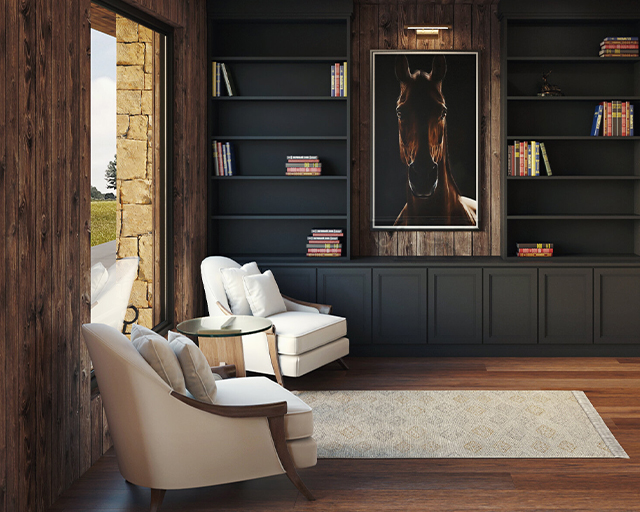
Photography courtesy of Design Matters. Interior design by Julie Cavanaugh of Design Matters.
Handsome dark built-ins ground this library, expertly designed by Design Matters in Jackson, Wyoming. View the rest of the project here.
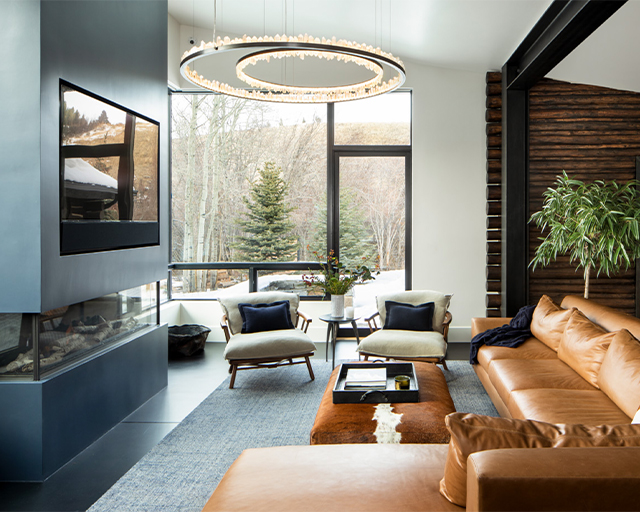
Photography by Tuck Fauntleroy.
A sparkling chandelier and modern feature fireplace set the tone in this cushy common room by Snake River Interiors in Jackson, Wyoming. View the rest of the project here.

Photography by Brie Williams. Styled by Eleanor Roper.
Kim Mauney Interiors in Charlotte, North Carolina, played with neutral decor and decorative millwork for a classic meets bohemian sitting room.
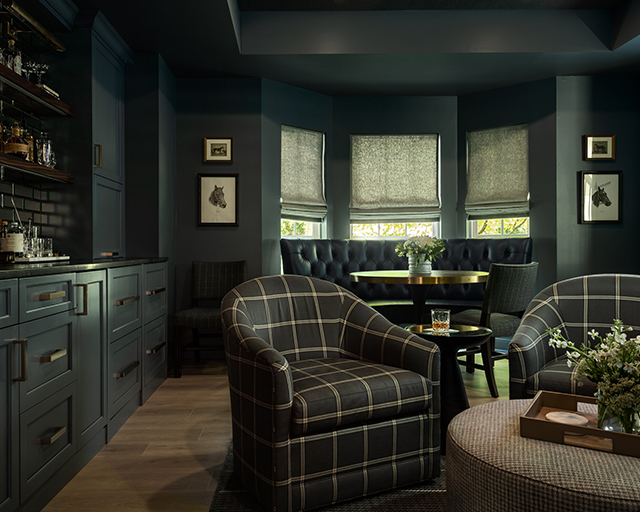
Photography by Karen Palmer Photography.
Deep forest green shades add a sophisticated sheen to this striking space by Karen Korn Interiors in St. Louis, Missouri. View the rest of the project here.

Photography by David Lauer. Interior design by Cassy Kicklighter Poole and Angela Coleman of Kaleidoscope Design.
An elevated and chic design by Kaleidoscope Design in Denver, Colorado, utilizes a contemporary-style fireplace and subdued color palette for a restful ambiance.
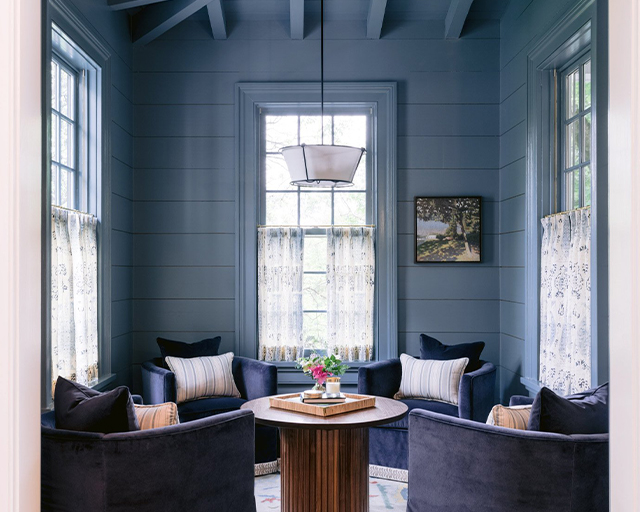
Photography by Jessica Johnson.
Peaceful blue tones on shiplap walls create a serene mood in this inspired monochromatic space by Lauren Robbins Interiors in Augusta, Georgia. View the rest of the project here.

Photography by Costa Christ Media.
Layered, eclectic decor establish an intimate vibe in this room by Burkle Creative in Dallas, Texas. View the rest of the project here.
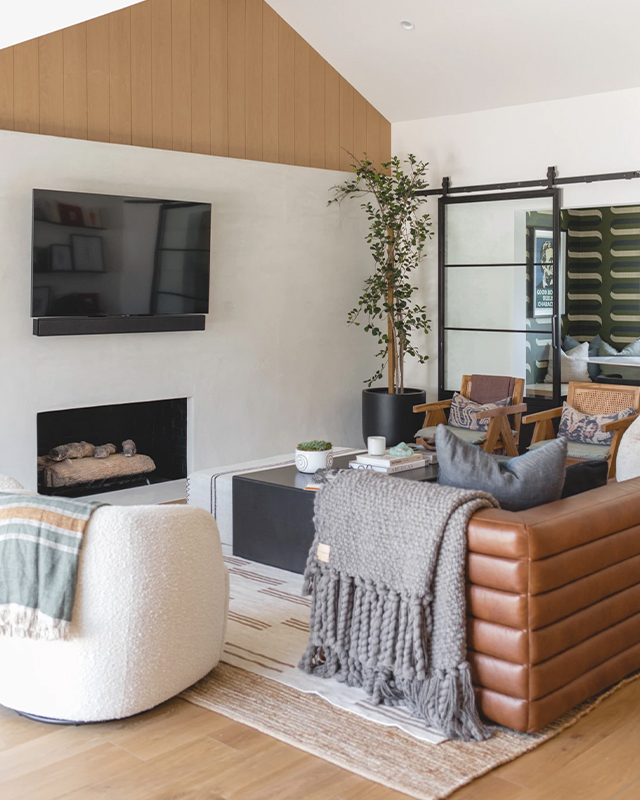
Photography by Valerie Vogt Bauer.
Skout Interior Design in Newport Beach, California, chose the perfect cognac couch and boucle barrel chair to create a sense of comfort in this beach town home. View the rest of the project here.

Photography by Durston Saylor. Styling by Helen Crowther.
Dark walls accented by nautical art and a roaring fireplace envelop you in a feeling of warmth in this stunning space by Purple Cherry Architects in Annapolis, Maryland; Charlottesville, Virginia; Middleburg, Virginia; and White Sulphur Springs, West Virginia. View the rest of the project here.

Photography by Vickie Pewitt Photography.
Pillar & Peacock in Florence, Alabama, utilizes a set of sweet patterned chairs set against a stone wall featuring logs for the fire to bring the outside in. View the rest of the project here.

Photography by Brittany Ambridge.
Story Street Studio in Bozeman, Montana, and New York, New York, created a homey atmosphere in this Upper East Side residence, thanks to ornate custom drapery and plush furniture. View the rest of the project here.
Don’t miss a post! Get the latest local guides and neighborhood news straight to your inbox!
Rock That Raspberry Blush
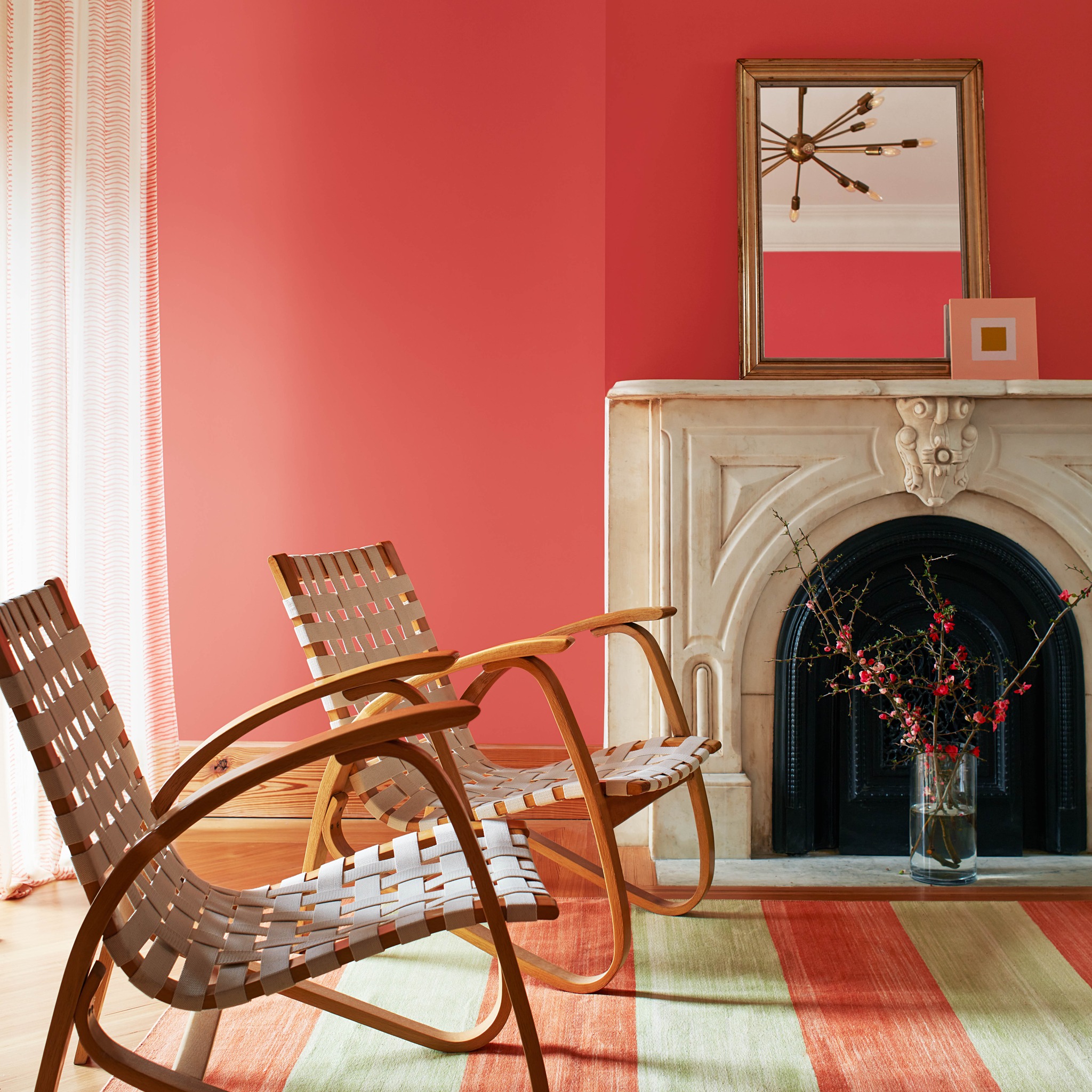
In case you haven’t heard, paint company Benjamin Moore recently announced its color of the year for 2023. The lucky winner? Raspberry Blush, a beautiful reddish pink that’s full of charm and energy. Not sure how to incorporate this hue into your home? Read on for five of our favorite ways to have fun with the latest “it” color.
Add Pep to a Powder Room
Designers love using powder rooms to take risks with color and pattern. Why? Because these spaces can so easily be closed off from the rest of the home and won’t interfere with a more neutral color scheme. A Raspberry Blush powder room would be absolutely adorable! Take down that builder grade mirror and install something brass and ornate, then hang a couple of cute sconces on either side, too. Your family and your guests are bound to love this look.
Jazz Up a Pantry
Your pantry is primarily a utilitarian space, but that doesn’t mean it can’t be full of life and appear a bit playful! Paint the pantry walls Raspberry Blush and perhaps packing those lunchboxes or putting away groceries will feel like less of a chore. And use this as an opportunity to corral all of the miscellaneous items in your pantry once and for all—a little bit of color and some organization bins will turn even the most chaotic space into a chic one.
Transform the Inside of Your Closet
If you’ve always dreamed of a closet fit for a true fashionista, now is the time to act on that vision! First, you’ll want to go bold and feminine with some Raspberry Blush paint on each wall. The hue is perfect for a walk-in closet; it will bring those chic dressing room vibes from your favorite boutique into your own home. We suggest installing some white lacquer shelves for displaying your go to bags and shoes. Then, grab some acrylic jewelry holders and showcase your most vibrant baubles. When your closet looks this good, getting ready for the day will feel like you’re taking part in a fashion show.
Cover an Interior Door
Maybe you’re not quite ready to go bold when it comes to your front door, and we totally understand—but why not give one of your interior doors a bit of a facelift with Raspberry Blush? Painting interior doors is a great way to add some intrigue to your home, and a door is small enough that it’s easy to repaint quickly if your style changes down the line. So if you have a spare hour and feel like getting your painting on, what’s holding you back?
Paint the Ceiling
Decorated ceilings are having a major moment in the design world. Whether you spruce yours up with paint or wallpaper, you can’t go wrong. We like the idea of taking a simple room with white or gray walls and adding a pop of Raspberry Blush to the ceiling for a bit of dramatic flair. Complete the look by installing an eye-catching light fixture, like a glittery chandelier or a sleek brass pendant. Your home will have never looked better!

Sarah Lyon is a New York City-based freelance writer, originally from Bethesda, MD. She contributes to a number of national design and lifestyle publications like Architectural Digest, Apartment Therapy, MyDomaine, the Washington Post, and more. Sarah also works with designers to help them style spaces for photo shoots. Find more shelfies on her Instagram page, @sarahlyon9
Take a look at our website for all of our listings available throughout Washington, D.C., Maryland, and Virginia.
Don’t miss a post! Get the latest local guides and neighborhood news straight to your inbox!
Local Hostess Gifts That Go Beyond the Basic

Holiday party season will soon be in full swing, and you know by now that no great guest shows up to an event empty handed. That said, if you’re feeling a bit tired of showing up with a bottle of wine and calling it a day, we totally understand. Why not opt for something a little more original? There are plenty of other thoughtful gifts that will charm any host and are available locally, meaning that you can both support a DMV area small biz and delight your friend with something fabulous. Keep reading for our top picks.
Gift Something for the Home
No one can ever have too many coasters, particularly if they love to entertain. This set of terracotta coasters from Salt & Sundry couldn’t be more stunning and are too gorgeous to keep tucked away.
Celebrate the Cocktail Lover
The Hour in Old Town is a must-visit for any serial hostess and is a great place to pick out a gift that’s both practical and pretty. The at-home mixologist will love experimenting with this chai pear flavored shrub that’s perfect for the holiday season.
Dole Out a Sweet Treat
Who can resist yummy macarons? Laduree just opened a storefront on Bethesda Row, bringing a slice of Paris to the DMV. Grab a candy colored box of macarons for your host (and, ok, maybe one for yourself) and you’re golden.
Looking for something a bit heartier? Check out Levain Bakery, which originated in New York but has also made its way to downtown Bethesda. There, you can grab an assortment of various delectable treats for your host. We recommend filling a box with six or so of these oversized cookies; be sure not to miss the original chocolate chip walnut flavor that continues to be a hit.
Treat Your Pal to Some Pampering
For the host who could use a little me time post-party, look into Glosslab, which has locations in DC and Bethesda. Purchase a gift card for a mani, pedi, or both, and give your friend the treat of some peace and quiet during the busy holiday season.
Make the Morning Nice and Easy
The morning after throwing a big party can be a bit overwhelming to say the least—make things easier on your host by gifting a loaf of bread that the whole family can enjoy. Pick up the goods at Bakeshop, with locations in Georgetown, Arlington, and Falls Church. They also sell scones and croissants, if that’s more your friend’s thing!
Show Up With a Floral Arrangement That Stuns
These aren’t your regular grocery store flowers by any means! Surprise your host with an arrangement from DMV based Atelier Ashley Flowers—you can even arrange to have everything delivered before the party, which will give your host time to place the florals where she pleases before guests arrive.
Thinking a bit outside the box when it comes to hostess gifts will make a lasting impact—you’ll show your friends how much you care and truly appreciate their generosity this season. And who knows, maybe you’ll discover a new favorite local biz along the way!

Sarah Lyon is a New York City-based freelance writer, originally from Bethesda, MD. She contributes to a number of national design and lifestyle publications like Architectural Digest, Apartment Therapy, MyDomaine, the Washington Post, and more. Sarah also works with designers to help them style spaces for photo shoots. Find more shelfies on her Instagram page, @sarahlyon9
Don’t miss a post! Get the latest local guides and neighborhood news straight to your inbox!
Fall Home Maintenance Tips from Our Associates

Now that the leaves are falling and we are thinking of hunkering down for the cool weather, it is an opportune time to catch up on routine home maintenance—but where to start?
For many, a home is their largest investment. Keeping track of these items can seem more manageable and less daunting once you realize how simple some tasks can be.
Grab your tool belt and check out these often-overlooked tips from our Associates:
Windows and Window Hardware
“Getting ready to sell your house and wondering if those old windows need to be updated? Defer to your utility bills–if they seem excessive, it is likely that your infrastructure is inefficient and you’d be trying to pass this on to a savvy prospect. You may not have to blame it on the old windows–many are extremely efficient, and some people think the new ones aren’t made the way they used to be. Check older windows: do they open and close easily and safely, and they’re not drafty? If so, there is a simple, inexpensive update you can do while keeping those Steady Eddie windows. Change the window sash locks. It’s amazing what this facelift can do! Even hardware that is period-perfect is available online!”
Janet Caterson Price, Alexandria Office
Filter Changes
“Remember to change the filter in your furnace and even more importantly, make sure to use filters. During a recent home inspection, the inspector found no filter. Guess what? The sellers had to pay for a system check and cleaning to assure my buyer that the system was clean and operating properly. A few dollars for a filter would have saved the sellers a couple hundred dollars!”
Lauren Tawil, Washington DC Office
Check A/C Condensation
“Condensation created by A/C has to go somewhere. In a window unit A/C, it just drips outside. But in a central A/C, it has to be piped to a drain. The problem is that drain can clog, leaking onto the floor and into the furnace. Since most A/C “interior coils” sit on top of the furnace, a leak can actually KILL the furnace in addition to causing a minor flood!
Check out these tips to prevent this:
- The interior part of the A/C sits on top of the furnace. They share the same fan and ductwork. Look for the white/beige pipe coming out of the lower edge of the A/C.
- This is your condensate line. It should tie into a drain, but can also go to a pump which then pumps to a drain or outside.
- Many people have a Cleaning “T”. This allows for cleaning during the summer months, when water is actively being made by the A/C.
- Flush the pipes with bleach – your furnace will thank you! During the summer, pour a cup of bleach into the “T” every few weeks to flush it and prevent algae buildup.”
Peter Crouch, Alexandria Office
Clean Out the Clothes Dryer Vent
“Probably one of the most overlooked maintenance items I see at home inspections is cleaning out the clothes dryer vent. It’s very simple to do, you just need a lint brush and a screwdriver. The vent on a clothes dryer can become clogged with lint over time, causing the dryer to dry less efficiently and possibly resulting in a house fire (Yes, this does happen. It happened to a friend of mine!). To clean your dryer vent, scoot the dryer out to access the back and detach the ductwork from the dryer with a screwdriver. Use a special lint brush with an extendable handle to clean the inside of the dryer and the inside of the ductwork pipe, being careful not to poke a hole in the flexible duct. Then go to the outside of your home and remove the exterior vent cover. Sometimes you will find bird nesting materials, so check this frequently. Use the same brush and clean the vent duct. You should do this once a year. Your dryer will thank you with less electricity used!”
Miriam Miller, Alexandria Office
Chimney and Fireplace Inspection
“Fireplaces are one of those commonly overlooked items in a home for regular maintenance. Usually, we see clients use them in the colder months, and then forget about it until the following year’s fall or winter season. Especially if you have a wood-burning fireplace that gets regular use, it’s imperative you have it professionally cleaned annually. A good chimney technician will inspect both to see how the structure and liner are doing if the damper is working correctly, that there aren’t any missing or loose bricks and if there’s any build-up of soot, which can cause your fire to burn inefficiently, and more importantly, could result in a chimney fire.”
Lauren Budik, McLean Office

Landscaping
“Fall landscaping is needed to keep your yard healthy and protected for the winter.
Things I do to my own yard include:
- Aerating, seeding & fertilizing the grass.
- Trimming & pruning bushes, shrubs, and hedges.
- Mulching all beds.
It’s also the time to plant bulbs for spring flowers.”
John Sommer, Alexandria Office
Hoses and Underground Water Systems
“When will you no longer need to have your garden hoses outside and shut off and drain your outside hose bibs? This is a really important regular maintenance item because you don’t want to have a frozen or burst pipe when the outside temps drop below freezing. The best advice is to pick a date in the fall that you will remember each year. Perhaps the weekend the time changes. You will also want to be sure you winterize any underground watering systems as well.”
Nick Kuhn, Arlington Office
Don’t miss a post! Get the latest local guides and neighborhood news straight to your inbox!
10 Interior Design Trends to Embrace in 2023

This week we would like to share some design inspiration from our partners at The Scout Guide.
As we round the corner into the last part of 2022, we’re looking ahead to design trends for the coming year. Across the board, we’re seeing a shift away from safe neutrals into more adventurous, playful territory. We checked in with five scouted interior designers across the country to get a pulse on the top trends they see emerging in 2023. We’re here for this exciting style shift.
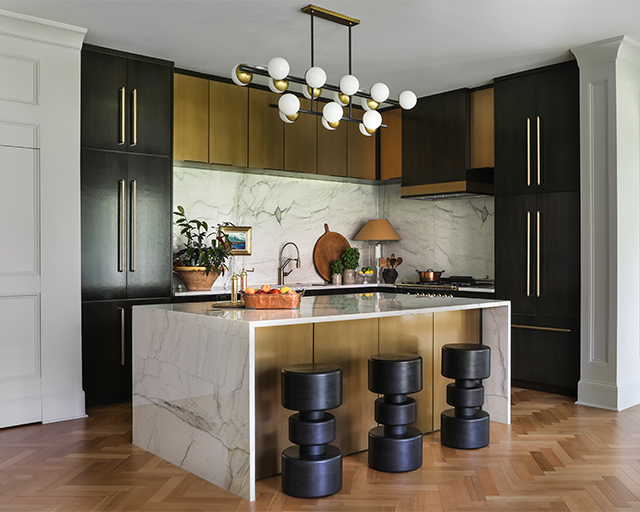
Interior by Tiek & Co. Photography by Jacqueline Marque.
Consider Bespoke Furnishings
Historically, there’s been hesitancy to explore custom furniture options because of lead times and exorbitant prices. However, Bridget Tiek, owner and interior designer of Tiek & Co. in Baton Rouge, Louisiana, explains that currently, with material and workforce shortages, most major manufacturers have extended lead times and major price increases. “We’ve been looking to our local artisans and makers who can craft one-of-a-kind, unique pieces that are beating the expectations on both price and timing,” she explains. “A bespoke piece is not always just an opportunity for something unique, it can help solve a functional issue as well.” Her team often turns to custom furniture for the ability to meet a client’s needs, creating pieces that can be multi-purpose, have hidden storage, and fit perfectly into specific spaces.
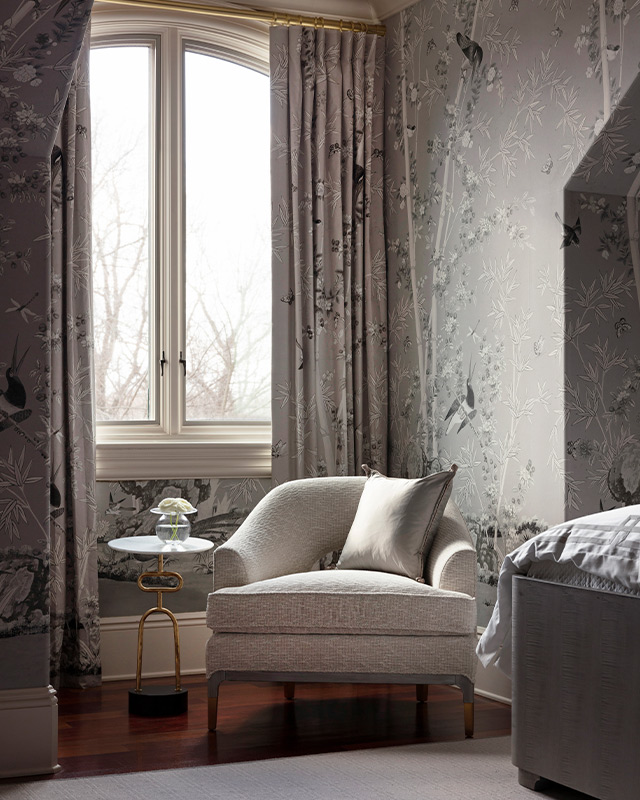
Interior by Harper Howey Interiors. Photography by Rett Peek.
Think Monochromatic for Small Spaces
Kimberly Harper, owner of Harper Howey Interiors in Bentonville, Arkansas, has been opting for monochromatic color schemes to make spaces feel larger, like the small guest bedroom above. She chose a neutral color palette of gray tones, and carried it over into wallpaper, draperies, furnishings, and bedding. Harper notes that monochromatic doesn’t have to be boring; you can choose any color family that strikes your fancy and enjoy playing with patterns. Because the color scheme is consistent, you can mix up the patterns you use in one space.
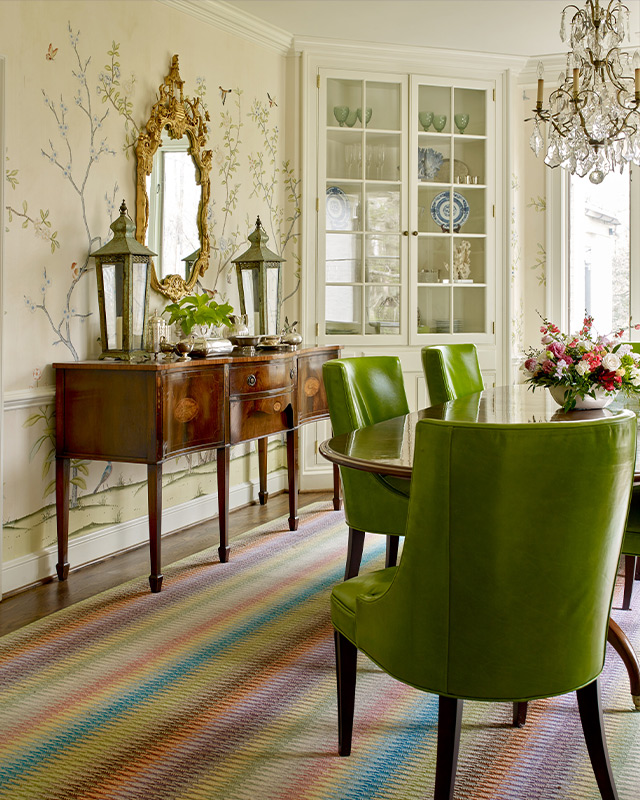
Interior by Folly. Photography by Darren Setlow.
Go for Grandmillennial Style
This design trend, often described as granny chic, is still going strong. According to Beth Ann Kallen and Victoria Pouncey, co-owners of Folly in Charlottesville, Virginia, this style nods at recreating grandma’s living room by bringing back wallpaper, antiques, copious floral prints, and macrame-style trims. For the above dining room, the duo incorporated updated florals in the landscape-style wallpaper and a dark wood antique sideboard and dining room table.
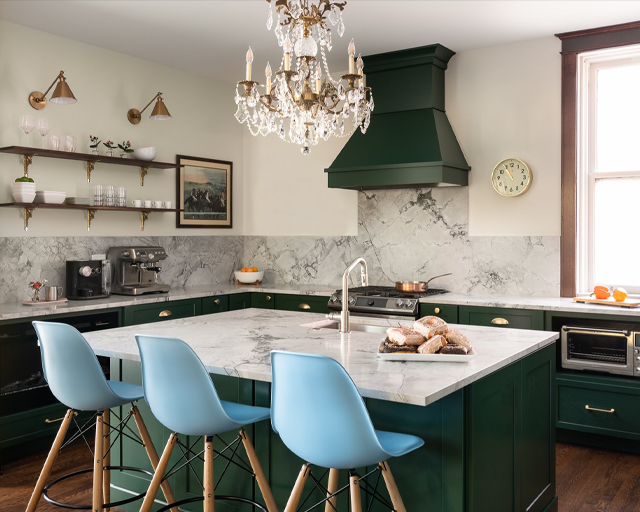
Interior by Karen Korn. Photography by Karen Palmer Photography.
Infuse Your Space With Fun
During a time when there was a lot of disruptions and chaos in our lives due to the pandemic, interiors have leaned toward calming, neutral palettes, explains Karen Korn, principal designer at Karen Korn Interiors in St. Louis, Missouri. Now, people are ready to embrace color and playfulness—in their lives and interiors. “Collectively, we’ve shied away from color and pattern, but now people are really going for it with big bold furniture pieces, patterned sofas, colorful kitchen cabinets, wild wallpapers, and intricate tile in bathrooms and kitchens,” she reports. “No longer will a colorful throw pillow do. We’re over being safe. Now is the time to be bold, and most importantly, have fun!”

Interior by Harper Howey Interiors. Photography by Rett Peek.
Lean Into Arches and Curves
According to Harper, these softer lines are making a comeback. “We’re seeing a movement away from the sharp mid-century lines with a shift towards the more gentle, rounded curves of the 1980s,” she reports. This is played out not only in architectural details, but in the arched arms of furniture, fabric, and wallpaper.
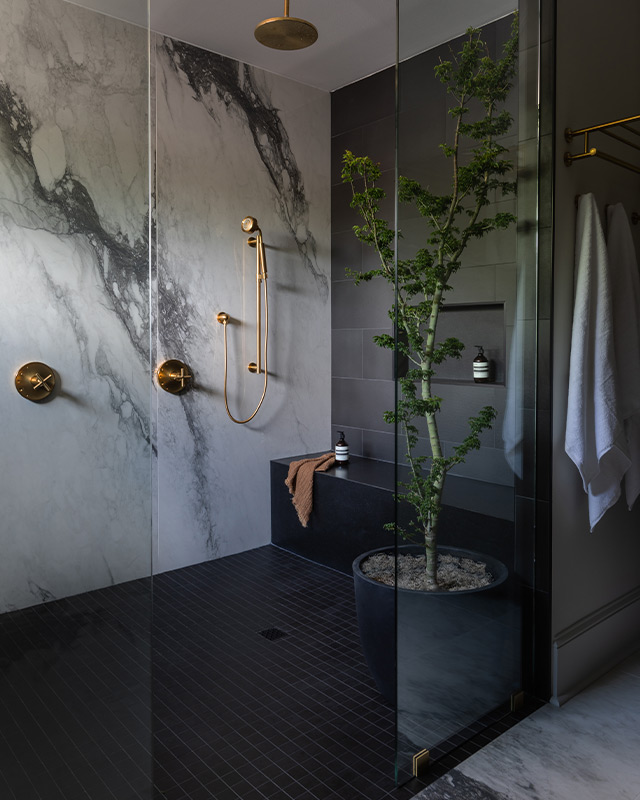
Interior by Tiek & Co. Photography by Jacqueline Marque.
Take a Walk on the Dark Side
White has held center stage for some time now, but Tiek is starting to see the pendulum swing in the other direction with heavy doses of black. “Not only are people looking for more saturation, they are looking at the full opposite color: black,” she shares. “Black can be a really nuanced color too when you play around with the color spectrum, exploring them all, like blue and brown blacks.” Tiek explains the color creates a nice cocoon effect and can be really calming. “Not everyone can get behind an all dark space but we believe all rooms need even a small dose of black to ground them,” she adds.
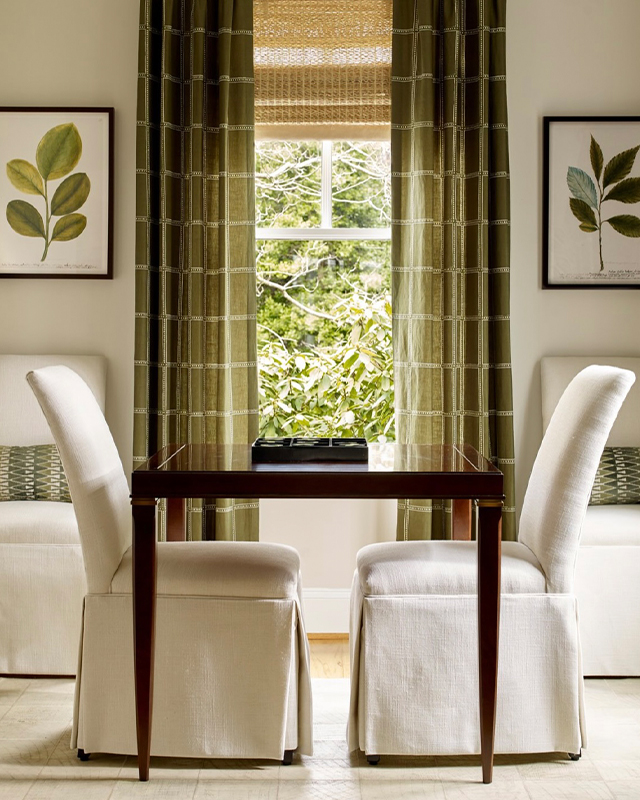
Interior by Folly. Photography by Darren Setlow.
Check That Box
Plaids, checks, and tartans are solid interior trends that truly never go out of style, but they do have moments, and Kallen and Pouncey report they are seeing a resurgence in client requests for these tried and true patterns in interiors. They’re especially loving the recent rollout of Miles Redd’s new Painterly Window Pane pattern that utilizes somewhat scribbled lines. For draperies and even in upholstery, a large-scale windowpane plaid offers a fresh perspective.

Interior by Laura Yeager Smith. Photography by Addison Jones Photography.
Embrace Wood Tones
Trends were all white for so long, but now stained wood features—which elevate a room by adding depth—are having a resurgence. “Wood adds warmth to a space by bringing a bit of nature inside,” Joana Rittmayer, associate designer and project manager at Laura Yeager Smith Home & Design in Hudson, Ohio reports. She notes that it can be tricky to achieve the perfect wood stain, finding a delicate balance between being too warm and just warm enough. “Sometimes, nature provides the perfect color in its original form, especially with a walnut finish.”

Interior by Karen Korn. Photography by Karen Palmer Photography.
Mix Up Your Styles
Instead of rigidly adhering to one design aesthetic, Korn is seeing a movement toward a more layered look, incorporating different styles and genres in a thoughtful way. “Using different styles allows spaces to feel more at ease without the constraint of a tight aesthetic,” she shares. This produces a more timeless look while also creating a warm, comfortable home that is a reflection of your personal taste. The key to pulling off this look, Korn explains, is to have one element that ties it all together, be it a rug, armoire, piece of art, or even a pillow, and paying attention to the size and scale of your spaces.
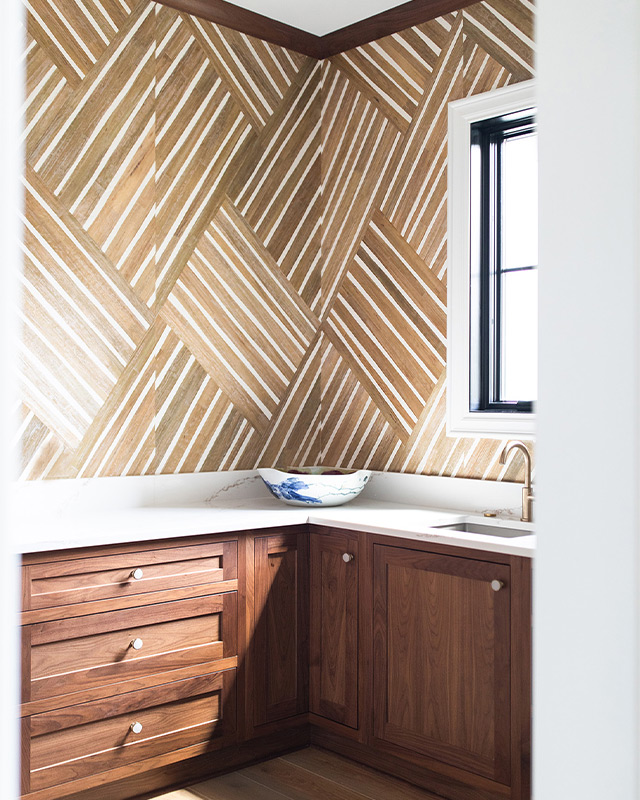
Interior by Laura Yeager Smith. Photography by Addison Jones Photography.
Make Geometry Work for You
“Straight angles and lines offer a rigidity that truly adds high-impact and order to a space,” reports Rittmayer. “We use symmetry in our designs to create strong axis and focal points. This is balanced with the use of irregular shapes and geometric patterns.” She reports seeing a great deal more finishes, whether it’s tile, fabric, or wallpaper, reflecting these geometric compositions. When creating a palette for a client, I take into consideration the style of the home and the general aesthetic. The handmade natural wood wall covering in the above photo has that element of the unexpected and creates a real “wow!” factor.
TSG Tip 446 from Bridget Tiek, owner and interior designer of Tiek & Co. in Baton Rouge, Louisiana; Kimberly Harper, owner of Harper Howey Interiors in Bentonville, Arkansas; Beth Ann Kallen and Victoria Pouncey, co-owners of Folly in Charlottesville, Virginia; Karen Korn, principal designer at Karen Korn Interiors in St. Louis, Missouri; and Joana Rittmayer, associate designer and project manager at Laura Yeager Smith Home & Design in Hudson, Ohio. Tiek & Co. appears in The Scout Guide Baton Rouge. Harper Howey Interiors appears in The Scout Guide Northwest Arkansas. Folly appears in The Scout Guide Charlottesville. Karen Korn Interiors appears in The Scout Guide Saint Louis. Laura Yeager Smith Home & Design appears in The Scout Guide Cleveland & Akron.
Don’t miss a post! Get the latest local guides and neighborhood news straight to your inbox!
Mastering the Art of Stylish Summer Entertaining
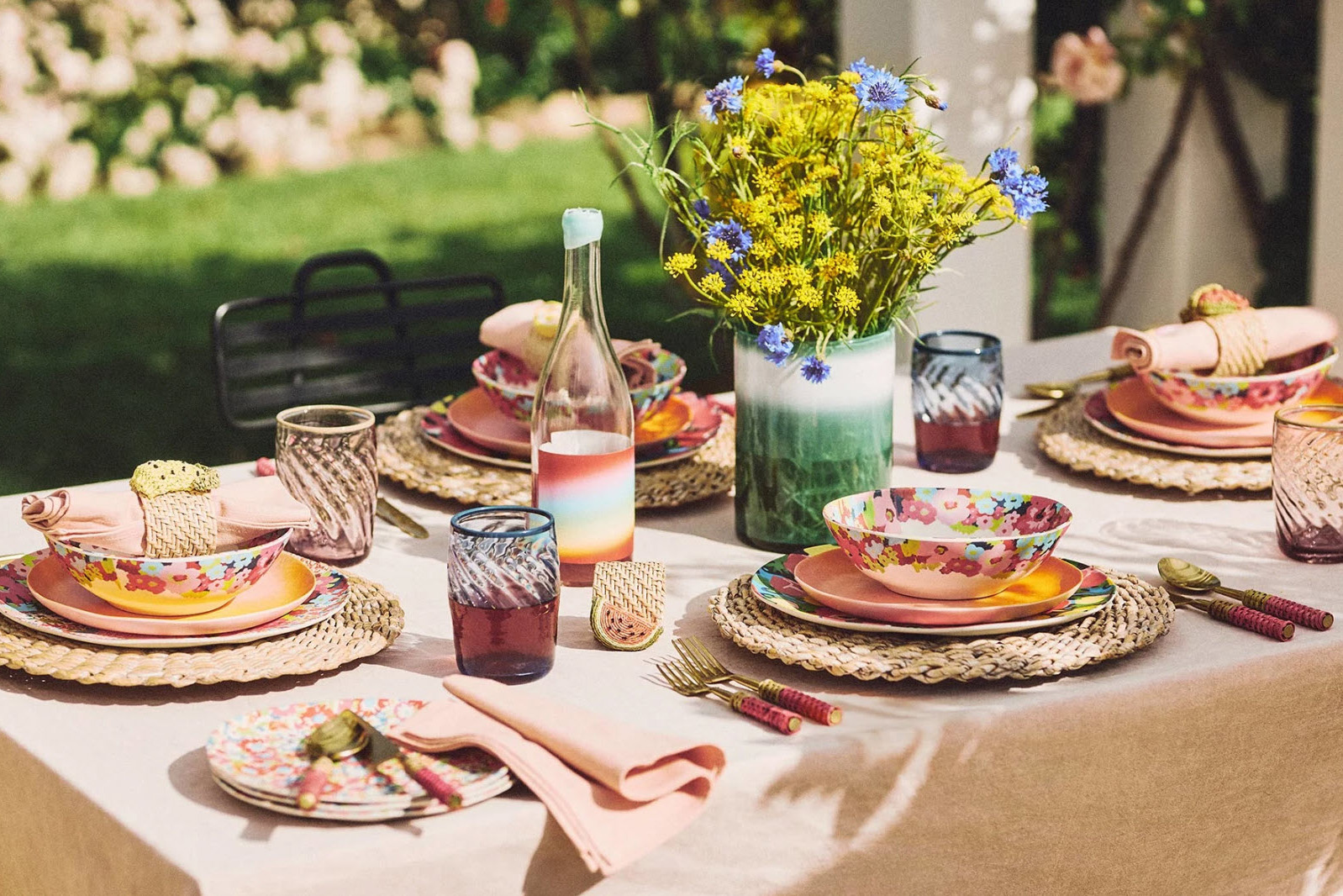
Summer is officially here, which means lots of time spent gathering with friends and family al fresco. If you’re in need of a few pointers as we get back into the swing of entertaining large groups, you’re in luck. Keep reading for four top hosting tips that will serve you well this season.
1) Keep Drink Offerings Limited
Your friends certainly don’t need to be treated to an open bar the next time they stop by for burgers. Serving just a few summer inspired beverages can actually make the occasion feel more festive and intentional than if you simply empty your liquor cabinet and set everything up outside. And as a bonus, fewer drink options = less prep and less stress. We suggest whipping up a seasonal sangria (perhaps with a rosé base), setting out a favorite summer beer, and offering a flavored sparkling water for guests who prefer to abstain from alcohol. Hosting kiddos? Place juice pouches in a cooler for an easy grab and go option for active little ones.
2) Play To Your Strengths
Maybe you’re a fabulous cook but not so strong in the baking department. Well, there’s no need to panic if Aunt Sally is coming over and expects dessert—it’s more than ok to mix and match homemade and store bought offerings when entertaining. Summer is all about casual get togethers and enjoying time outdoors with loved ones, anyway. Not sure what to serve that doesn’t scream grocery store? Grab some fruit tarts from your favorite local bakery or pick out ice creams, sorbets, and a variety of toppings and offer a make-your-own sundae station. Your guests won’t care where your dessert offerings came from as long as they’re festive looking and delicious.
3) Update Your Servingware
There’s no need to bring all of your nice glass pieces outside. Melamine pieces are excellent for outdoor dining and can be quite stylish. If you’re a grandmillennial, take a peek at these bamboo plates, which are available for purchase online via DC based boutique Tuckernuck. We’re also loving these blue and white beauties from Sur La Table.
4) Create A Playlist
The best part about hosting is that you get to choose the tunes! Scroll through Spotify and find one that inspires you, or task your spouse or teenager with making a seasonal (yet appropriate!) playlist. Then make sure to pick up a portable speaker that you can station outside; this one easily connects to Bluetooth and is aesthetically pleasing to boot.
Feeling ready to host? We bet you are! Send out that mass text and invite everyone over for a simple yet stylish backyard get together that will surely be the talk of the neighborhood.

Sarah Lyon is a New York City-based freelance writer, originally from Bethesda, MD. She contributes to a number of national design and lifestyle publications like Architectural Digest, Apartment Therapy, MyDomaine, the Washington Post, and more. Sarah also works with designers to help them style spaces for photo shoots. Find more shelfies on her Instagram page, @sarahlyon9
Don’t miss a post! Get the latest local guides and neighborhood news straight to your inbox!
What you need to know about Backyard Chickens in the DMV

Recently, I was out shoe shopping — if you know me, you likely know that I have a slight penchant for shoes — and while I was waiting to try on my size of the most perfect nude color shoe with just the right amount of brushed gold, my phone buzzed with the best kind of message: a referral!
“Family moving in from the West Coast,” read the text. “Oh! And they are moving with a 30’ RV and 6 chickens.” Surely – this must not be right. Have you met me?
The message continued: “You are exactly the Realtor to help this family.”
My mind was racing. Really? Me?? How does one sashay through acreage(s) of land in elegant shoes?
Fortunately, my referral source had more faith in me than I did. (Public Announcement: “My business is solely based on referrals”… Do read more about my methodology on smattam.com.)
So, while this referral was far from “the norm” for me, I was thrilled that my referrer trusted in my ability to successfully find this client the perfect home for them, their precious feathered friends + their RV. New shoes in hand, I began digging into the rules and laws surrounding keeping backyard chickens in each of the Washington metro area counties.
Disclaimer: This blog is based on my research and my understanding. It would be wise for you to call the necessary County/City/State to verify information. Clearly, I’m saving up for more shoes and could do without litigation, thank you.
My research with each of the counties in Virginia was within a 45- 60 minute commute time (OR 3 hours depending on the alignment of the sun or moon) from DC.
Fairfax County:
“Fairfax County residents who live on a property of more than 2 acres can keep chickens as an accessory use – no permit or special permission required…If your property is less than 2 acres, there is still a way to legally keep chickens. You must obtain a special permit from the Fairfax County Department of Planning and Zoning to allow backyard chicken keeping on your property.” Source: fairfaxcounty.gov
A call to the Fairfax County zoning and Ordinance department (703-324-1314) verified this, and they confirmed the requirement for a minimum of 2 acres. But, wait—there was more.
“Fowl, such as chickens, ducks, turkeys, and geese, may only be kept on lots that are two acres or greater. They shall not exceed the ratio of one bird unit per one acre, with a bird unit defined as: 32 chickens = 1 bird unit.” Source: fairfaxcounty.gov
That just seems like a LOT of fowl for a backyard!
Prince William County:
Do you know that PW instituted a DFOD back in 2011? You don’t know what a DFOD is? Why, the Domestic Fowl Overlay District, of course! In areas of the DFOD that are zoned A-1 with a minimum of one acre, chickens are allowed. Fabulous! How does one find out if a particular address is within the DFOD and zoned appropriately? This took an email and a call to the planning office to resolve. The message I received is included below, but first, here are a few resources I found tremendously helpful in determining the regulations for Prince William:
- Prince William Creates Chicken District (The Washington Post)
- How to Lookup if Chickens allowed at Your House in Prince William County (Green Risks blog, Elizabeth Ward)
- Prince William Co. Real Estate Assessments
This was the email I received from PW’s planning office:
“You need to turn on the zoning layer as well as the domestic fowl overlay district layer. Under the identify button (the one which is the white/grey “I” in a black circle), you need to turn on the zoning, parcel, and domestic fowl overlay district layer labels. When you click the parcel, under the results information on the right you well see data entries. If nothing is listed for the domestic fowl overlay district, it is outside the zoning district. If you have further questions as how to use the County Mapper, please reach out to the GTS department at (703) 792-6840 or pwcmaps@pwcgov.org.”
And here is the link to the map to DFOD.
Loudoun County:
“In Loudoun County, anyone who lives on a property smaller than five acres must get the approval of the Soil and Water Conservation District to raise poultry.” (Source: Loudoun Soil & Water Conservation District)
I found this detailed article from the Washington Post about backyard hens to be tremendously helpful.
While this article was primarily meant for Northern Virginians, my curiosity got the better of me & I decided to research DC & Montgomery County, MD
Washington, DC:
It would seem that DC does NOT allow chickens. But, then again – I could be wrong. Yup! It was that unclear. I came across this cheeky opinion article from 2017 which I just had to share.
Montgomery County:
It would seem that Montgomery County is THE most chicken friendly region in the DC Metro area from this webpage about Backyard Chickens on montgomerycountymd.gov.
One final note: Regardless of county regulations, HOA restrictions ALWAYS rule! So be sure to check with the homeowner association’s covenants, conditions and restrictions (CC&Rs).
Whether or not you have backyard fowls of your own, I’m here to help you wade through all the questions and logistics that can arise when searching for your perfect home in VA or MD. And if you are looking for land for your chickens, I promise I will invest in more flats.

Shirley Mattam-Male is a licensed real estate agent in Virginia and Maryland with the McLean office of McEnearney Associates, Inc. Her local knowledge and expertise has successfully helped clients buy and sell homes for more than 16 years. Contact Shirley at smattam@mcenearney.com or visit her website smattam.com.
Don’t miss a post! Get the latest local guides and neighborhood news straight to your inbox!
Adding Organic Elements to the Home
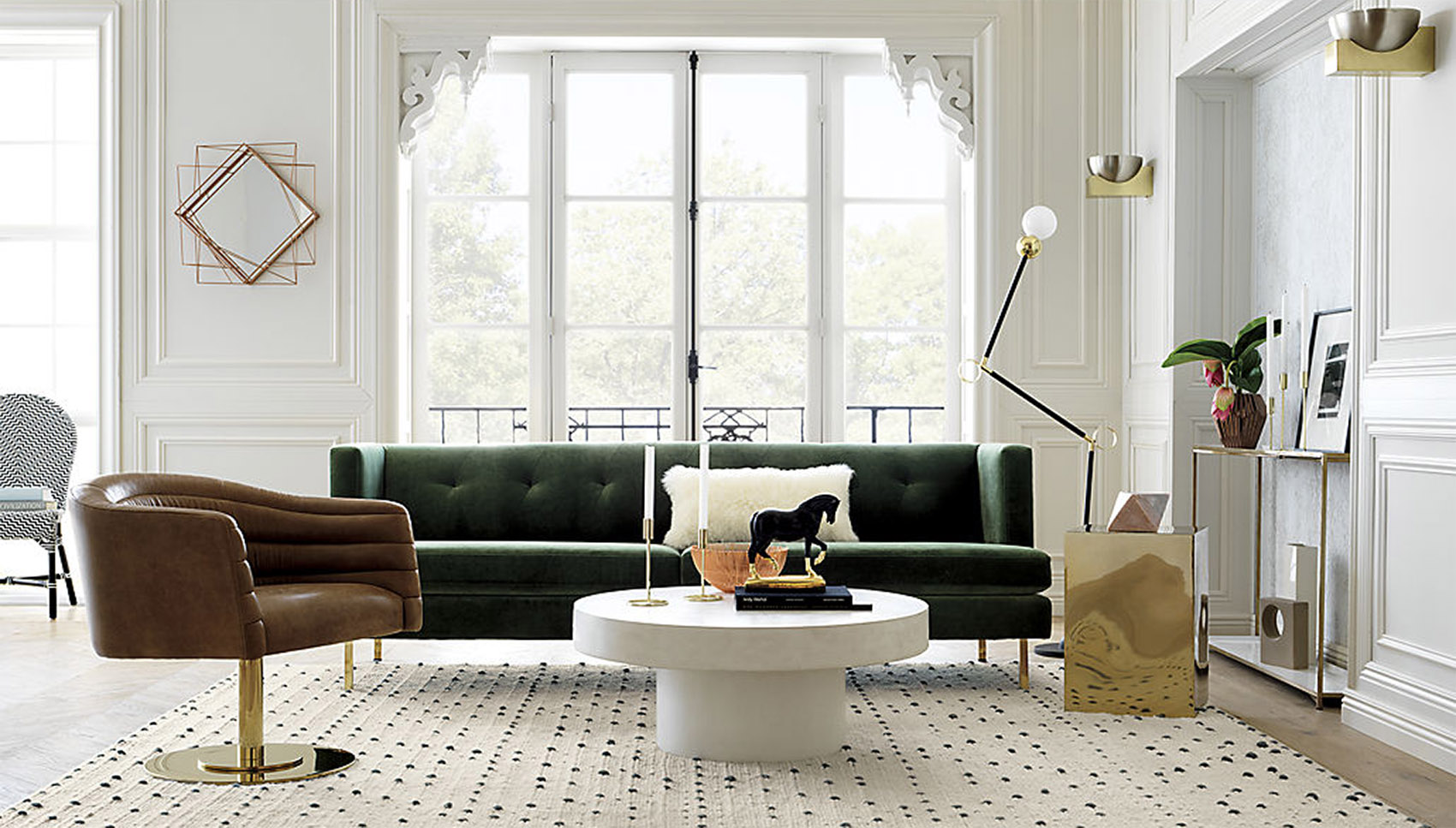
What’s a home without a bit of texture? Incorporating a variety of materials into your space is critical in order to achieve that collected look that we all crave. Texture can be used within a home in a number of ways: It can add artful flair, make a space appear more welcoming and cozy, and simply allow a room to appear more curated. Ready to get started adding more texture to your own space? We’re here to help you do just that with a few simple tips!

Step 1: Layer, layer, layer
Don’t be afraid to mix and match textures. For example, when it comes to rugs, consider layering a woven Turkish rug from Etsy over a classic jute from Pottery Barn. On your bed, drape a woven throw blanket from Serena and Lily over your linen duvet cover. Pair a cotton lampshade with a terracotta base. The list goes on! Best of all, implementing these tactics will ensure that your space looks unique and well-designed, not as though you stopped into a furniture showroom, picked up everything in sight, and called it a day.

Step 2: Find the right accents
Accent pieces are the perfect time to have some fun with texture. Mediterranean style plant pots and vases are majorly in style right now, and their plaster material will shine in any room. You can easily grab one at Pottery Barn or CB2. Then simply fill it with fresh branches from your yard or stems of eucalyptus for a simple yet sophisticated arrangement. On your bookshelf or coffee table, add a decorative clay bowl or an onyx tray to stash trinkets and bring in new materials. Stores including West Elm, Crate and Barrel, and Anthropologie are great places to shop for these kinds of pieces, or better yet, hit the antique store and find a diamond in the rough there.
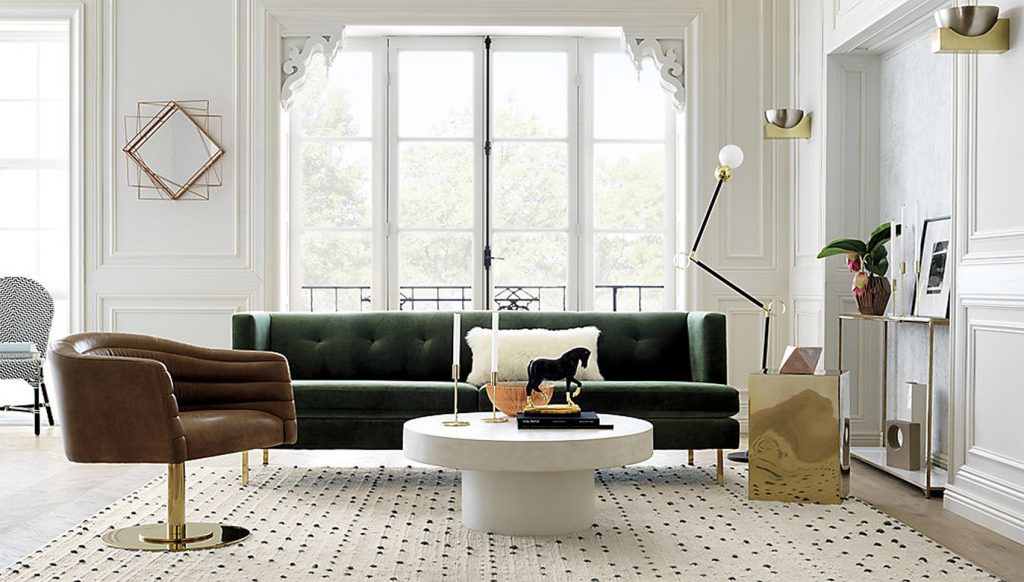
Step 3: Think about your walls
When it comes to adding texture to your home, you’ll of course want to give consideration to your walls. Wallpaper, plaster, and molding are an excellent way to add some textural zing. Maybe your style leans traditional—go ahead and install some grasscloth wallpaper in the color of your choosing. If you’re feeling a bit artistic, experiment with Venetian plaster. Or if you crave the look of a classic Parisian apartment, incorporate some picture-frame molding into your space to bring that dreamy French look stateside.
Don’t forget about wall art, either. Hang a sculptural piece or an oversized abstract canvas that will capture visitors’ attention immediately.
Keeping these three tactics in mind will allow you to transform your space with texture in no time. The good thing is that when it comes to texture, there’s really no such thing as too much of it!

Sarah Lyon is a New York City-based freelance writer, originally from Bethesda, MD. She contributes to a number of national design and lifestyle publications like Architectural Digest, Apartment Therapy, MyDomaine, the Washington Post, and more. Sarah also works with designers to help them style spaces for photo shoots. Find more shelfies on her Instagram page, @sarahlyon9
Don’t miss a post! Get the latest local guides and neighborhood news straight to your inbox!
Spring Showers Bring… Stormwater, Bayscapes, and Rain Gardens!
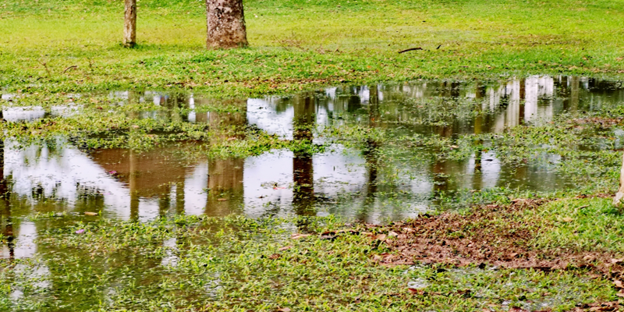
The inevitability of the rainy season is something that most regions are used to. In Alexandria and the rest of the DC-Metro area that rainy season comes in spring. Early spring showers prepare your landscape to thrive throughout the summer months as water percolates deep into the soil. But it’s not all roses and butterflies. The wet season can also mean it’s time to prepare your home and property for stormwater. Through your own proactive and ecologically-friendly stormwater management, you as a homeowner can protect your home from flooding, reduce harmful runoff, and make mother nature happy!
So what exactly is stormwater management? Stormwater management refers to the host of processes, techniques, and management protocols for dealing with stormwater, AKA rainwater that is running along the ground. To the public sector, this generally means big underground infrastructure designed to manage the flow of water to be least disruptive in what has become an increasingly impermeable urban environment. But on the residential side, and as a homeowner, your stormwater management generally refers to various processes that keep rainwater out of your home through a sequence of systems. Starting with your roof, stormwater runs off into gutters, before traveling through downspouts and dispersing into your yard or out to the street. This is where it enters either a body of water or public stormwater pipes. Once on the surface, grading and proper waterproofing along your home’s foundation are important to keep water moving and avoid pooling against your home where it could eventually cause flooding, mildew, and mold.
But the relationship with water does not have to be adversarial. After all, water is a most valuable resource, and in the context of your landscape, your soil’s ability to absorb water is the key factor in whether or not your lawn, trees, flowers, and shrubs survive and thrive. By introducing ecologically-friendly stormwater solutions into your landscape, you can maximize the ability of rainwater to beautify your home, enhance local populations of pollinators and birds, and enhance water quality.
While there are many solutions and variations of solutions to improve the general permeability of your soil, the most cost-effective, budget-friendly technique is conservation landscaping–often referred to as BayScaping in the Chesapeake Bay Watershed. This technique involves the deliberate planting of native plants with high ecological value in areas of your property that experience water and are sensitive to erosion, such as a sloped area. The specialty native plants used in conservation landscaping restore soil health through extensive root structures that help improve soil microbiology and, in turn, help your soil become nutrient-rich and sequester carbon from the air. The improved, more fertile soil is a welcome respite from the excavated backfill that makes up the principal soil medium for many homeowners of recently improved or built homes.
Rain gardens take BayScaping a step further and are an ideal enhancement when the soil conditions are such that water can sufficiently percolate into the soil. Rain gardens are a more labor-intensive enhancement that includes excavation and the introduction of high flow rate soil amendments, such as compost, sand, topsoil, and mulch. These amendments are mixed into a new soil medley that is well suited for developing extensive root structures and absorbing runoff water.
In order to absorb as much rain as possible, rain gardens are ideally located in a depressed area of your yard where you can direct a downspout and where the natural slope of the surrounding areas flows. It is also important that rain gardens be at least 10 feet from your foundation, and are in locations that do not otherwise have standing water, which would indicate either a high water table or low percolation rate. Rain gardens are generally designed to hold water for no more than 2 days after a rain event before drying out, which also helps to reduce mosquitoes. On one of the sides of the rain garden, we generally also create a berm and spillway to help retain water and direct its flow if the rainfall is significant. Some of our favorite installations include rain gardens that overflow into beautiful bayscapes.
As root systems and soil microbiology become established, rain gardens can become proficient in naturally treating contaminated runoff from impervious surfaces. As water flows through these areas, nutrients are absorbed and otherwise harmful chemicals are broken down. Simultaneously, butterflies, songbirds, and other beautiful pollinators are attracted to the rain garden, as a small ecological refuge. What’s not to love?!
There are many different types of native flowers and plant options to choose from when starting your rain garden or BayScape. Once your plants are in the ground, maintenance of your rain garden and BayScape is extremely important to ensure proper function. If you have a new rain garden, plants and flowers should be soaked every few days to help them establish deep root systems and create a dense bed of foliage. To ensure ideal growth, the area may also require pruning, seasonally mulching, and de-weeding of any invasive or competitive ground covers that can take over or out-compete the new native plants. Trash and other debris should also be removed. Monitoring the garden for any signs of erosion or compaction is very important to ensuring the soil medium is able to absorb water as intended. Though this may sound like a lot, it’s not. It’s just a matter of restoring and maintaining balance. Mother nature will do the rest!
If you find that you need help getting started with your rain garden or BayScape, please reach out to us. At TLC, we offer packages for rain garden and BayScape installations where we can complete an installation in a day. We also specialize in other residential stormwater enhancements such as dry-wells, rain barrels, permeable patios and driveways, and more. Please reach out to us with any questions or to learn more about what TLC can do for your landscape, and home! Visit us online at TLC Design to learn more and fill out a consultation form so we can chat or visit.
We wish you a beautiful spring!
Tactical Land Care
Tactical Land Care is net-zero to help protect our world and environment for all of us. We specialize in sustainable construction, conservation landscaping, and stormwater management solutions, including permeable hardscape and rain gardens. By working together, we can maximize the ecological benefit of your property.
Please give us a call at 703-879-7091, or email us at info@tacticallandcare.com, where someone from our TLC team will develop a plan with you to help enhance your yard or property for many years to come.

Patrick Moran, PMP, LSC, HIC, LEED | CEO Tactical Land Care
Patrick utilizes his passion for the outdoors along with his professional skills as a licensed Landscape and Home Improvement contractor in Virginia and Maryland, as well as a Project Management Professional (PMP) and LEED Green Associate. Patrick has a BA from Yale University, where he studied climate change and its impact on society.
Don’t miss a post! Get the latest local guides and neighborhood news straight to your inbox!

 Facebook
Facebook
 X
X
 Pinterest
Pinterest
 Copy Link
Copy Link
